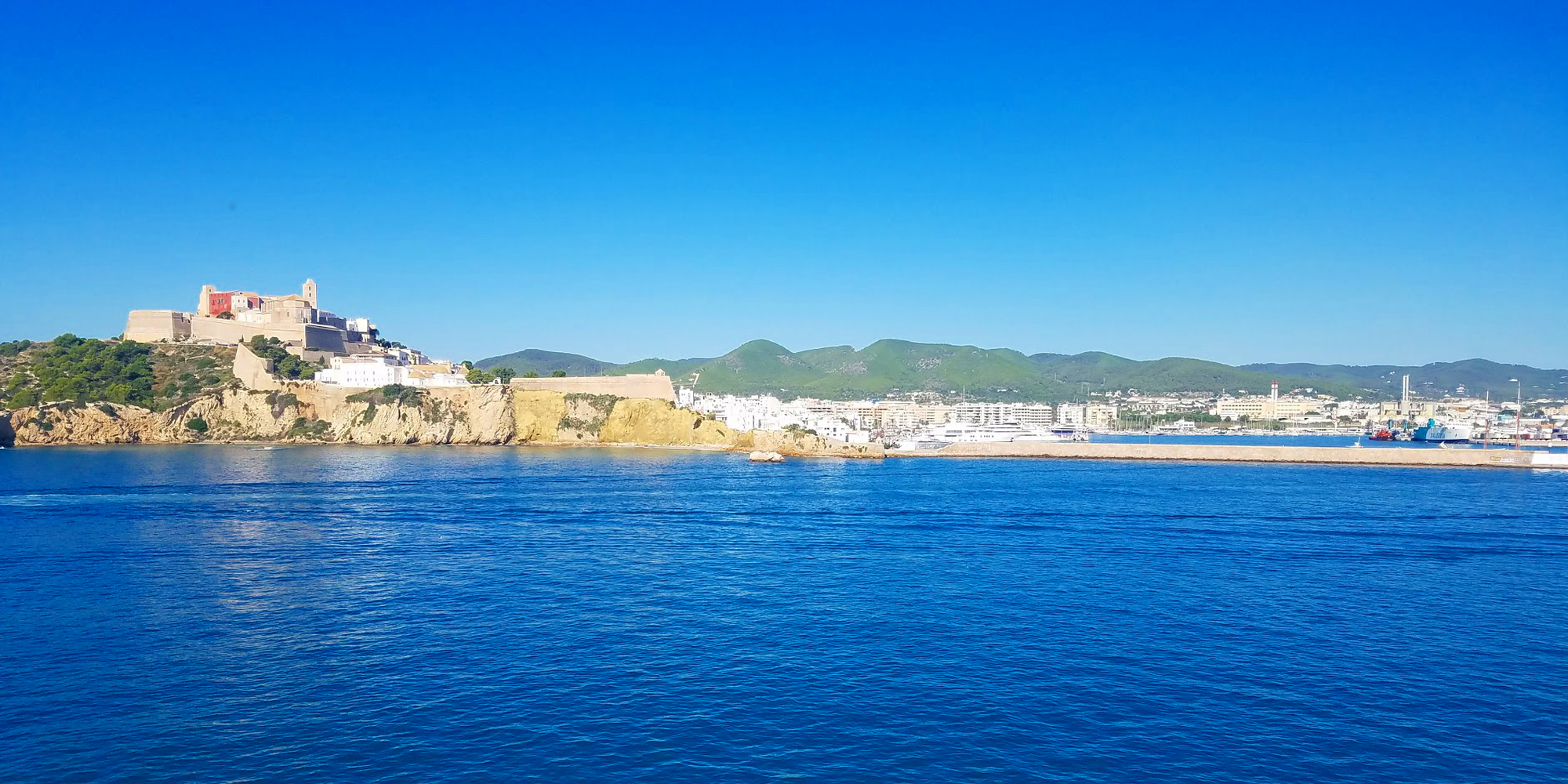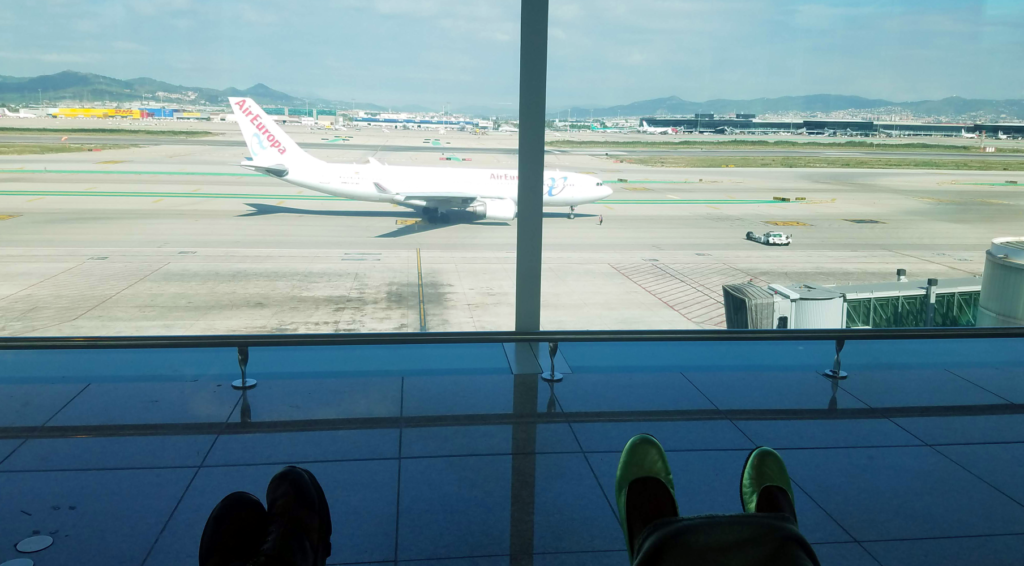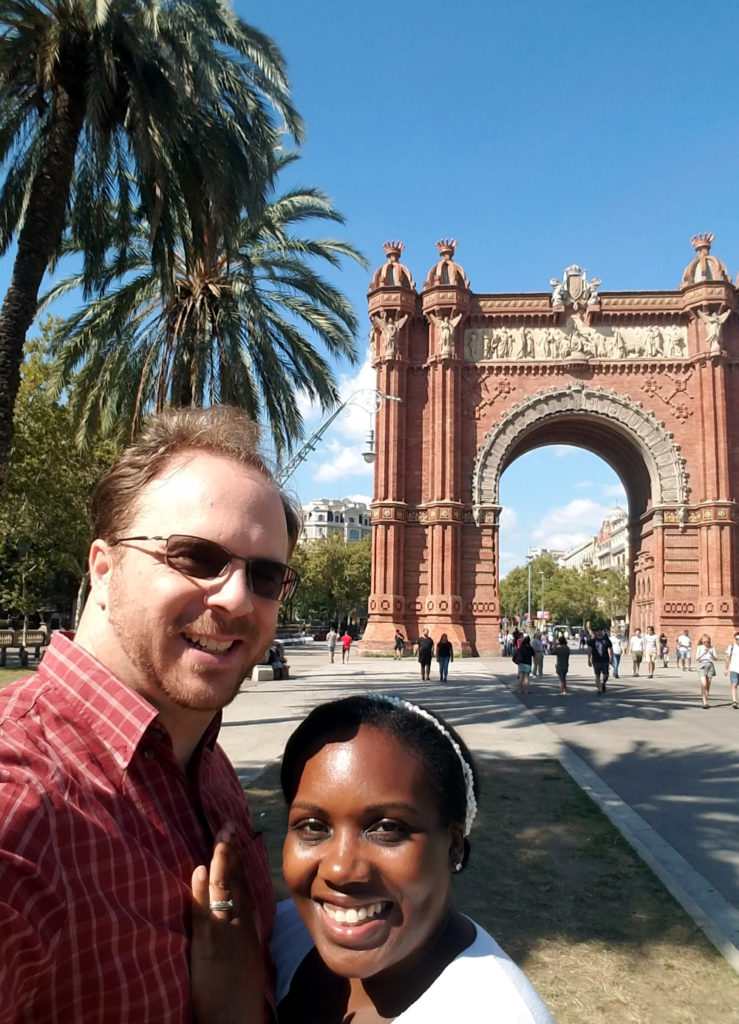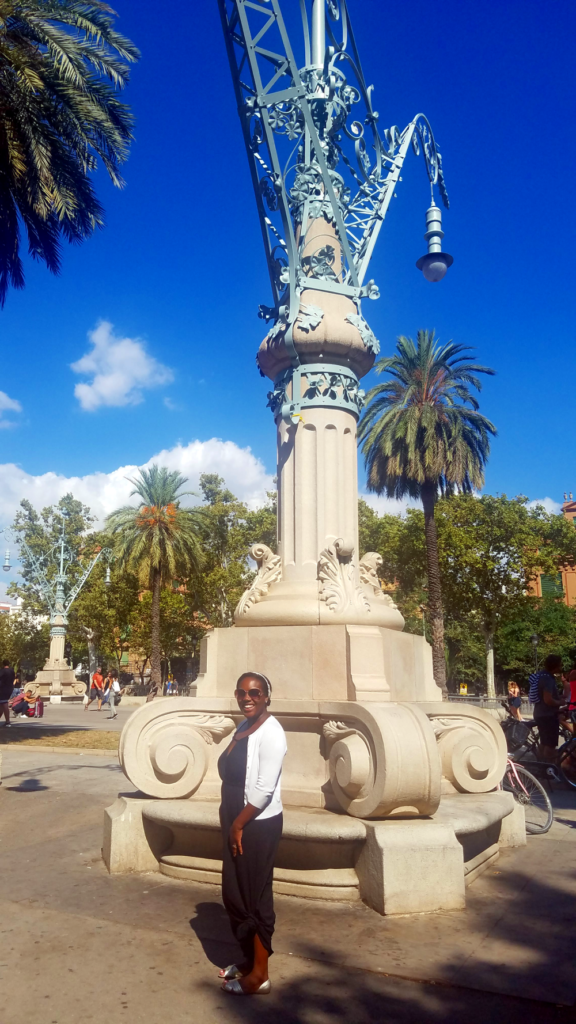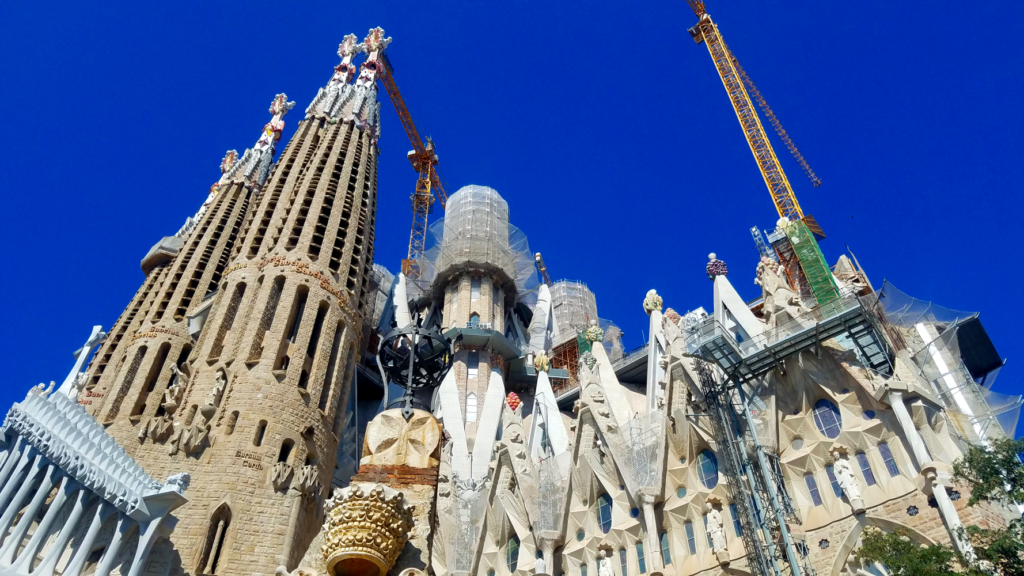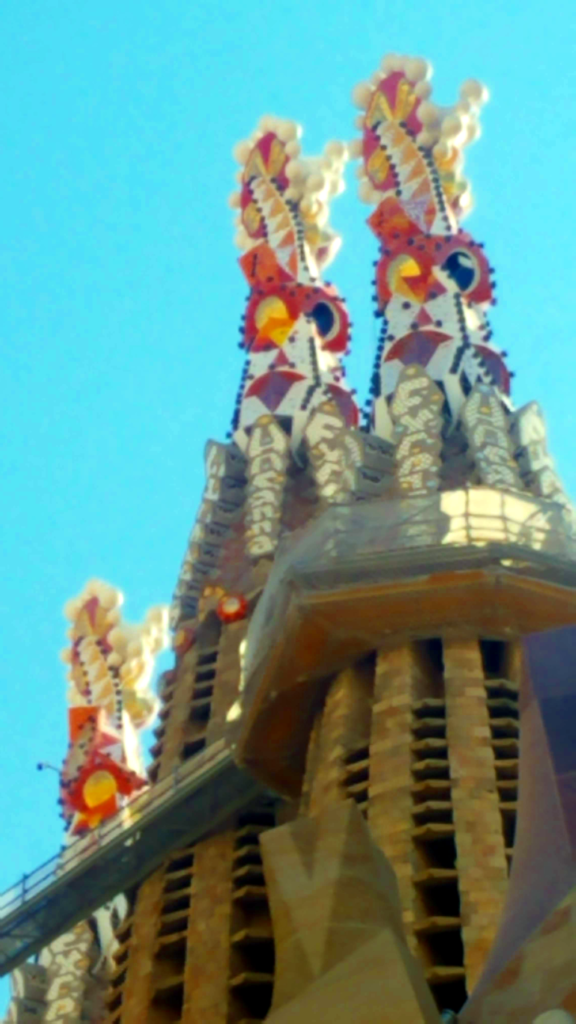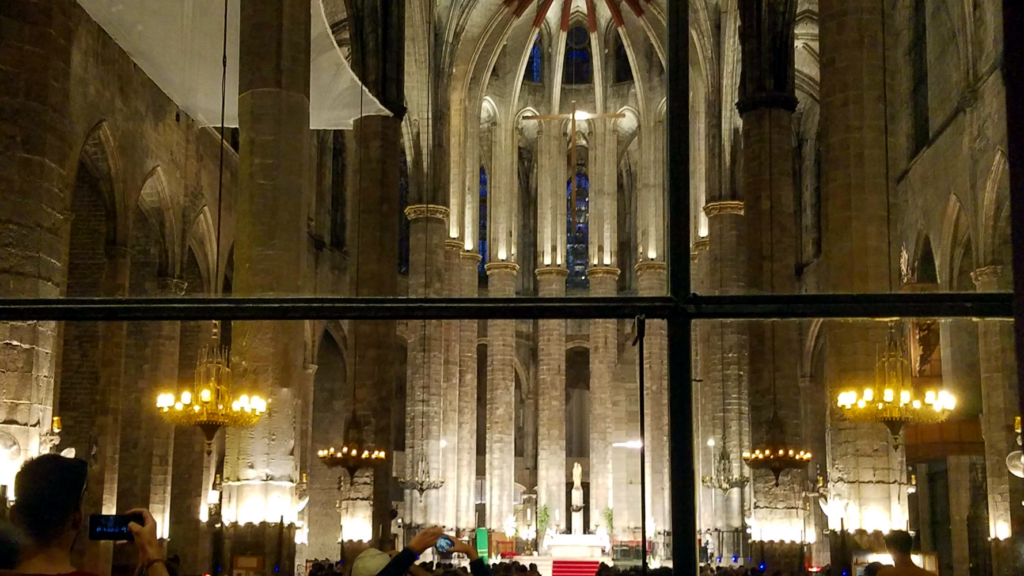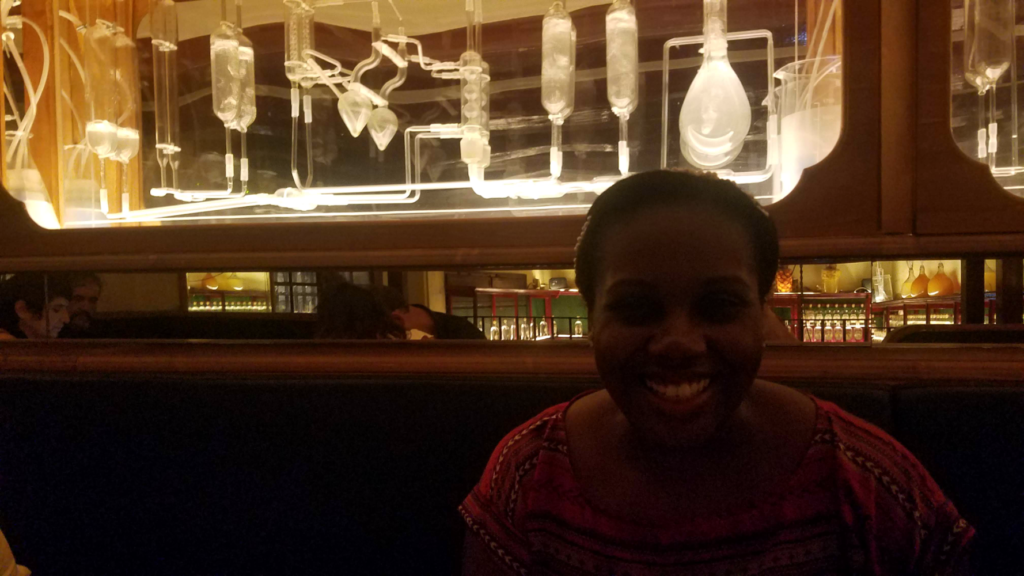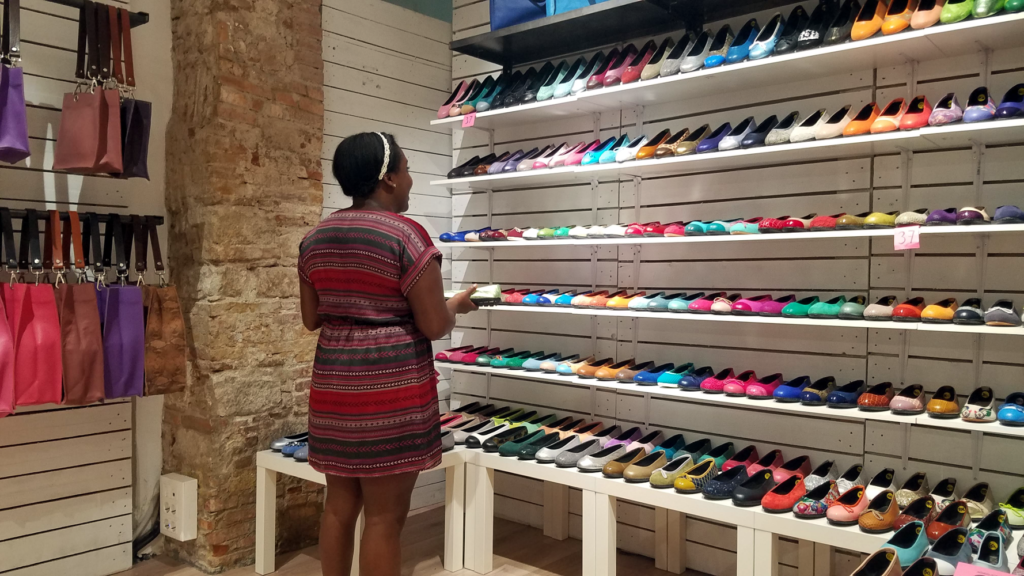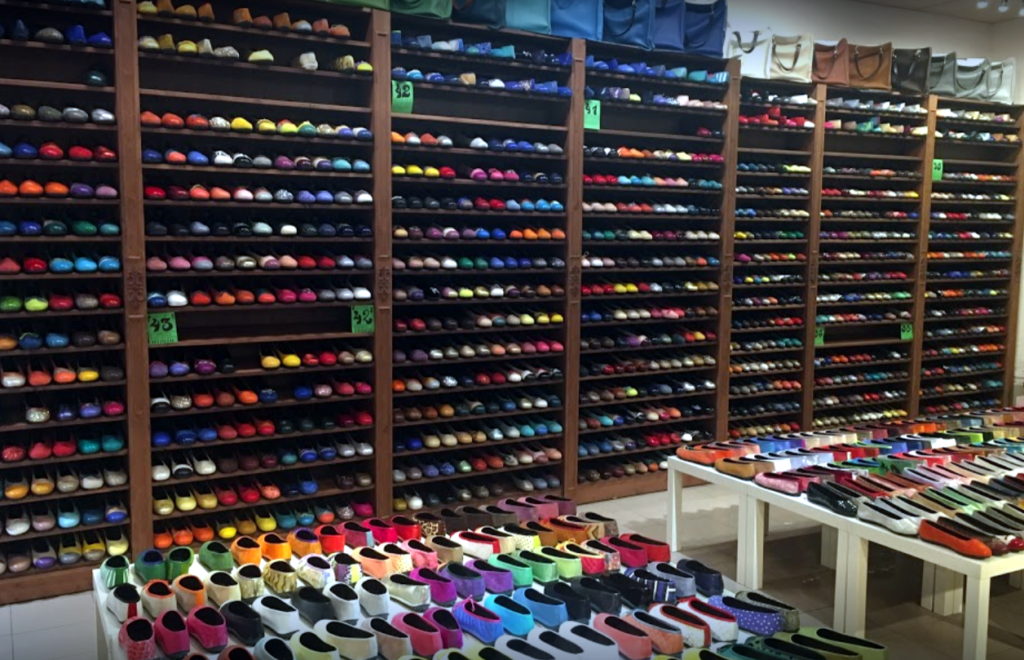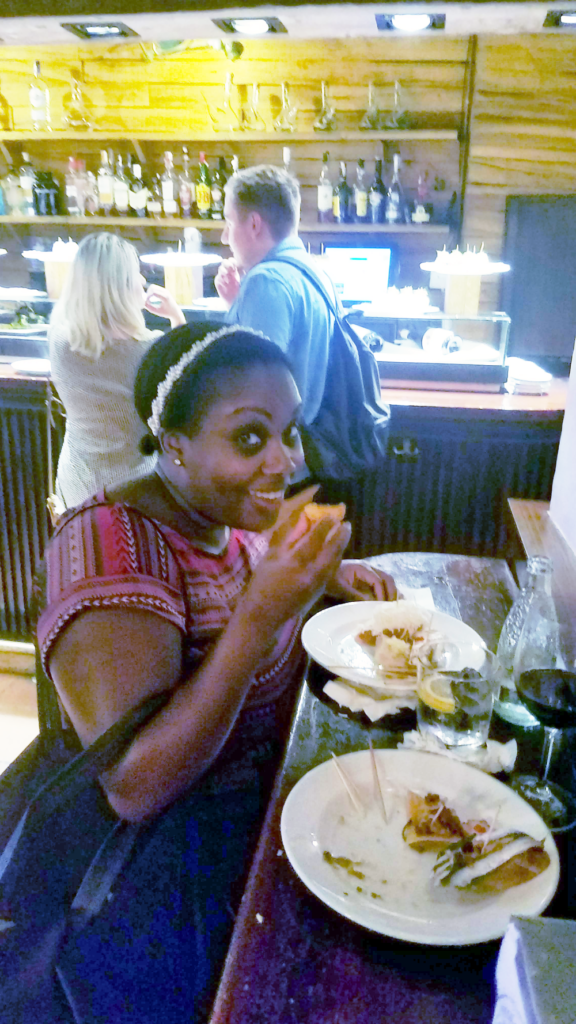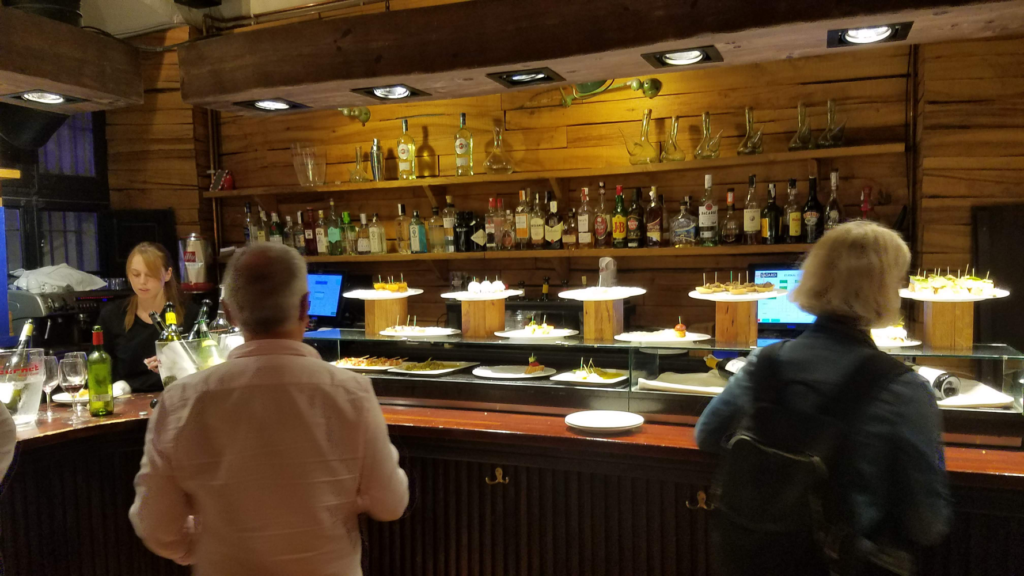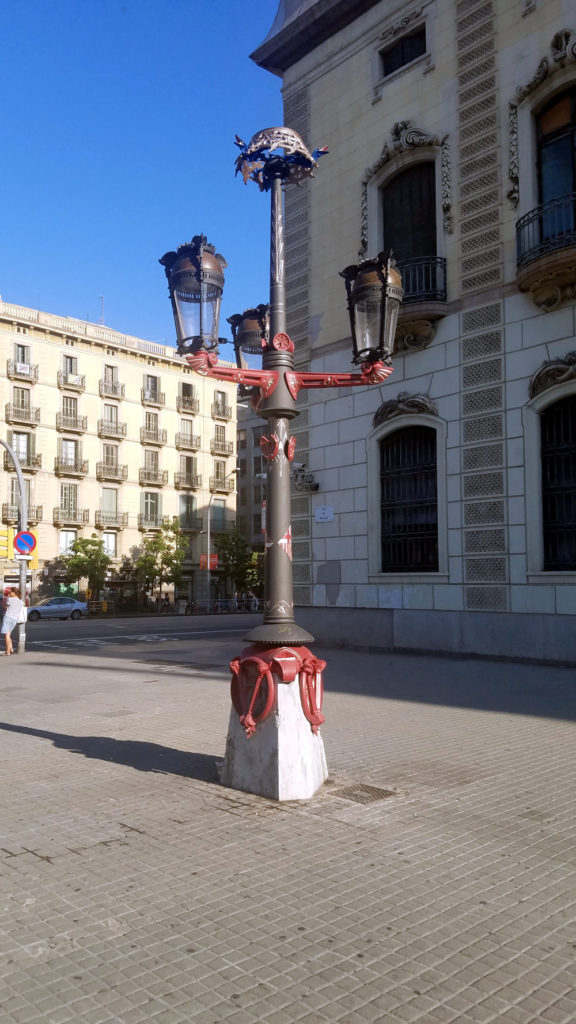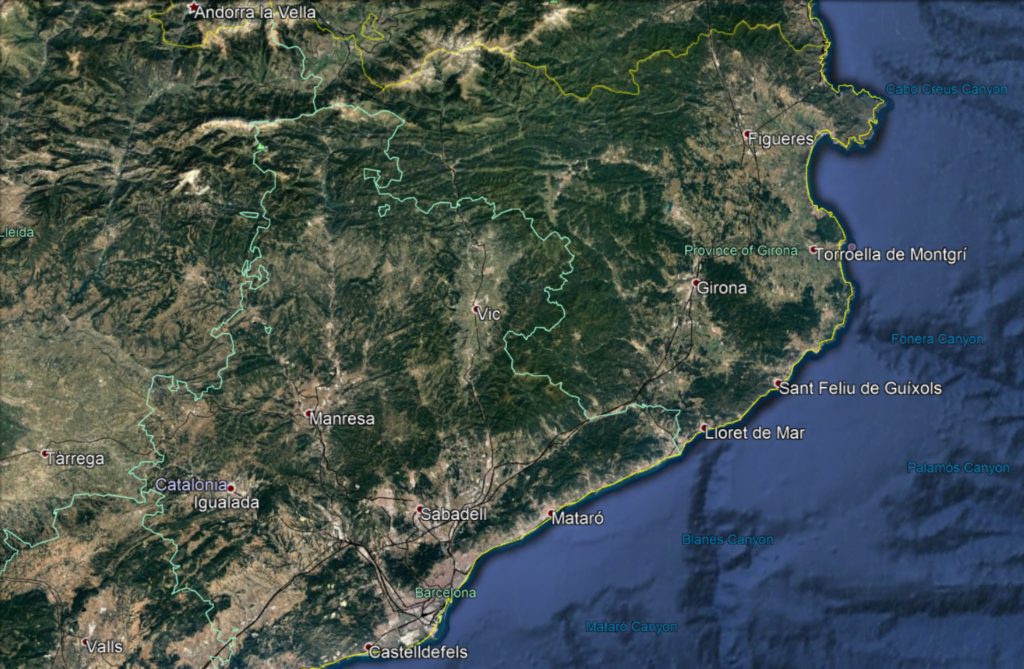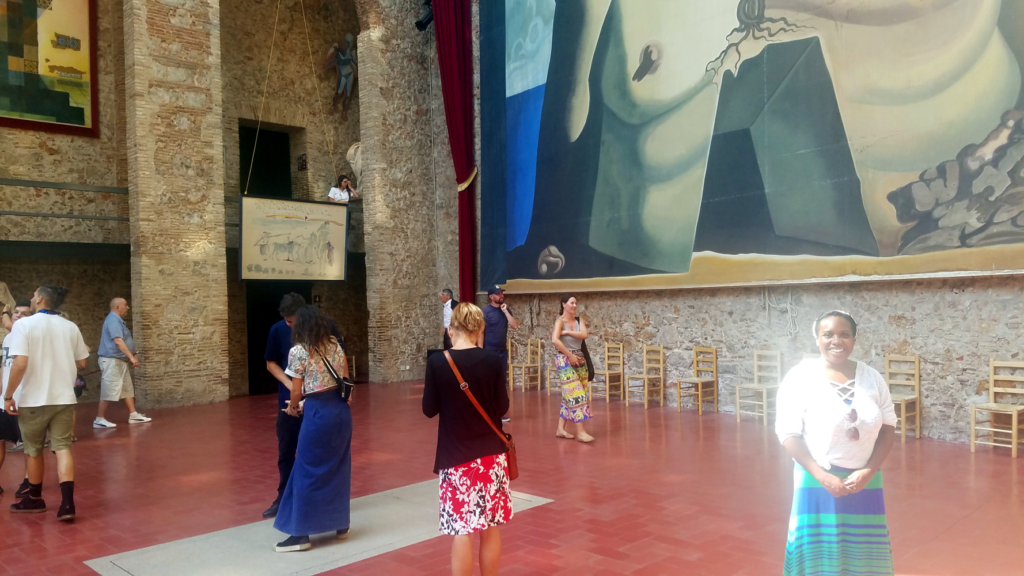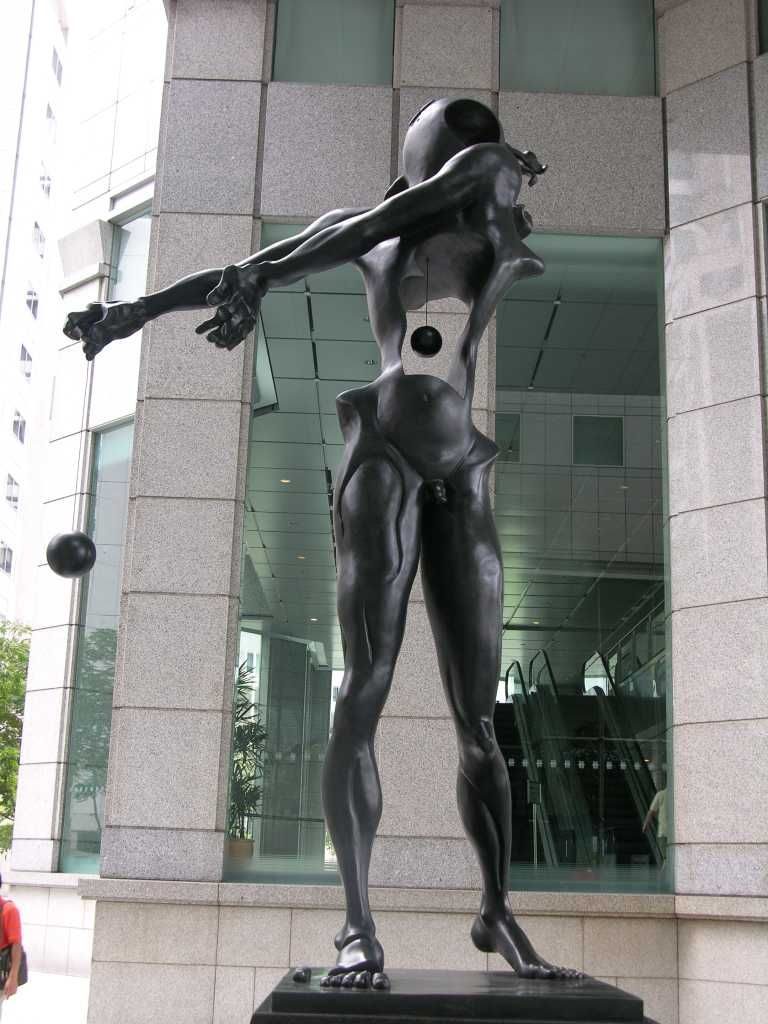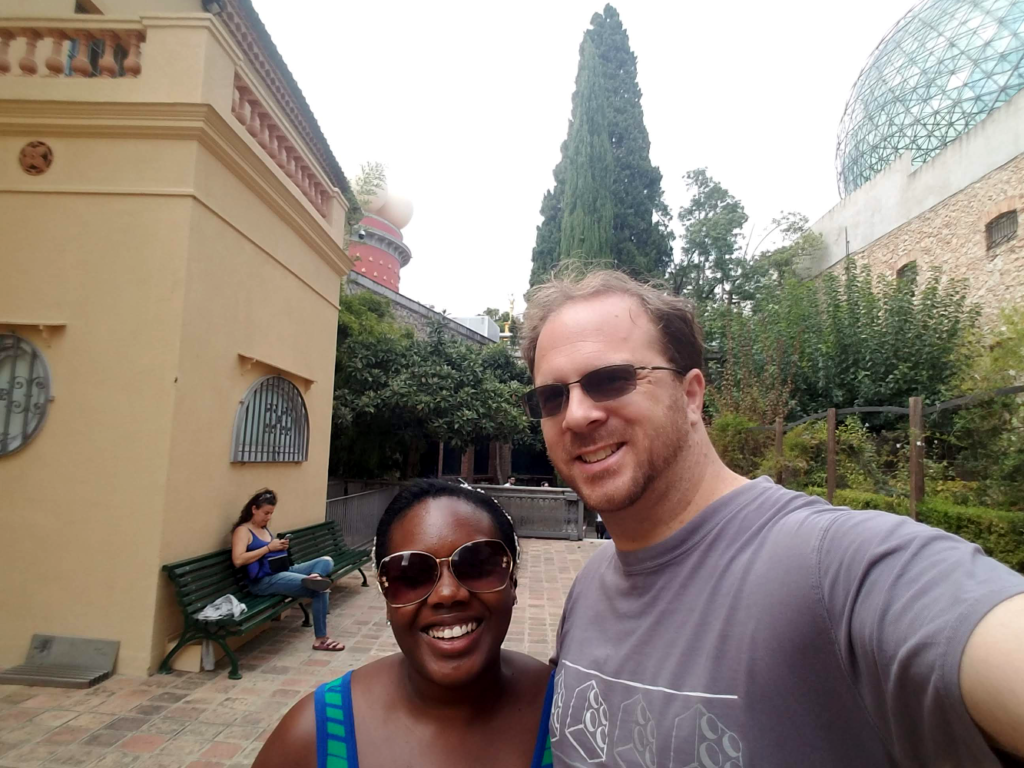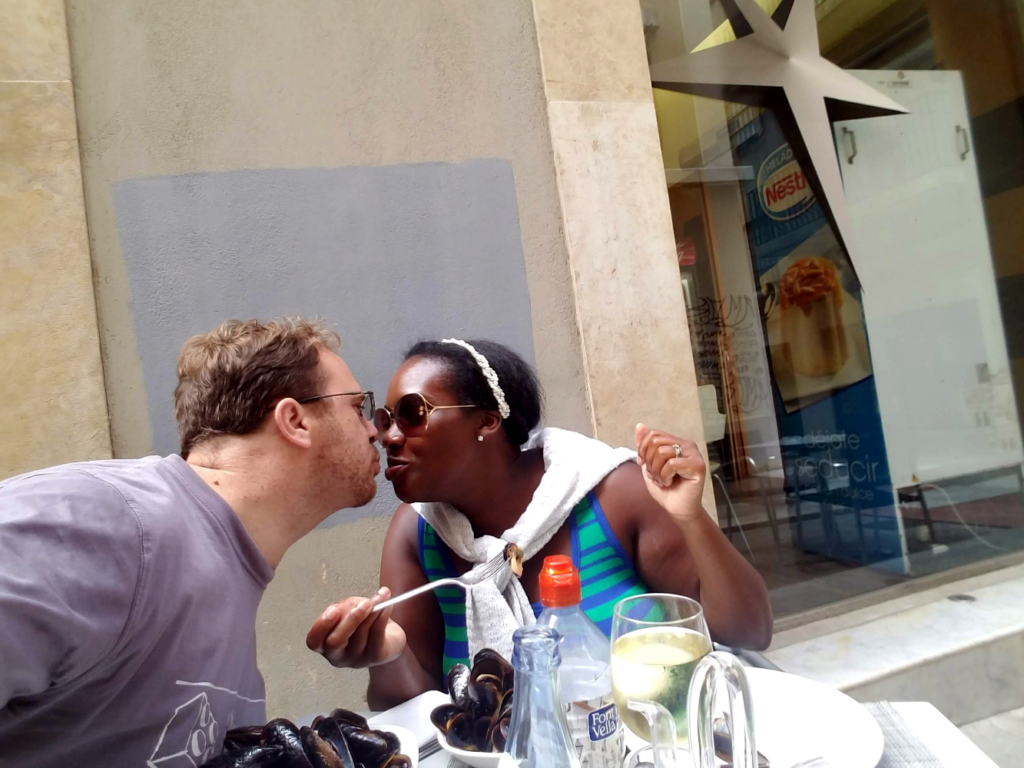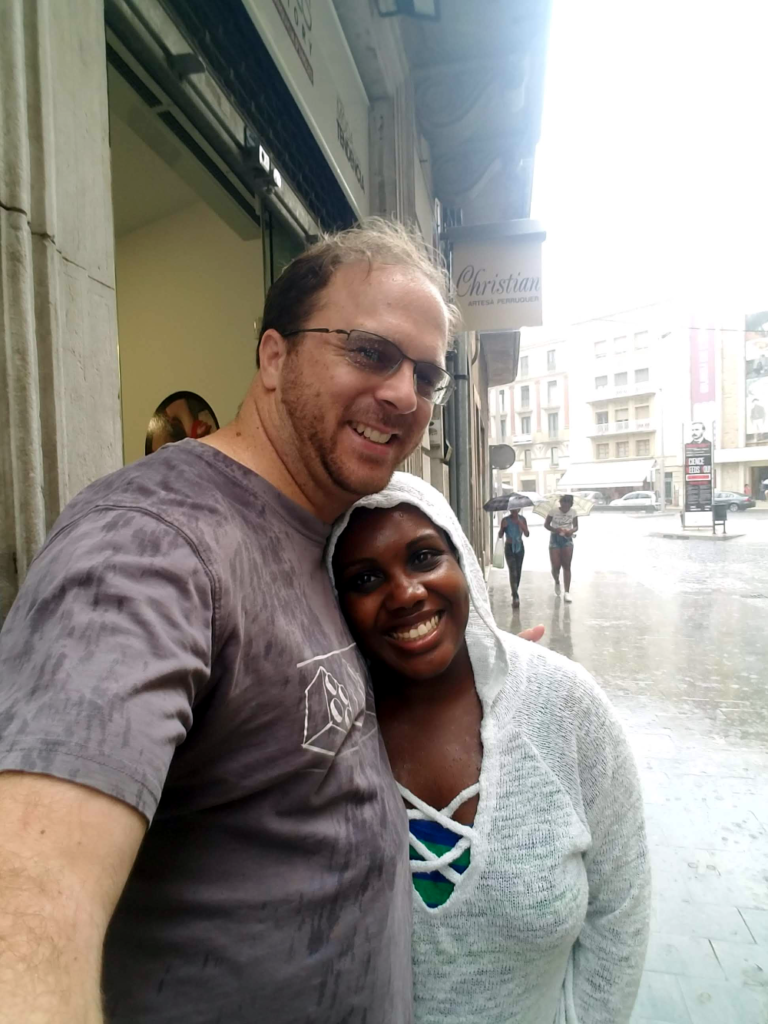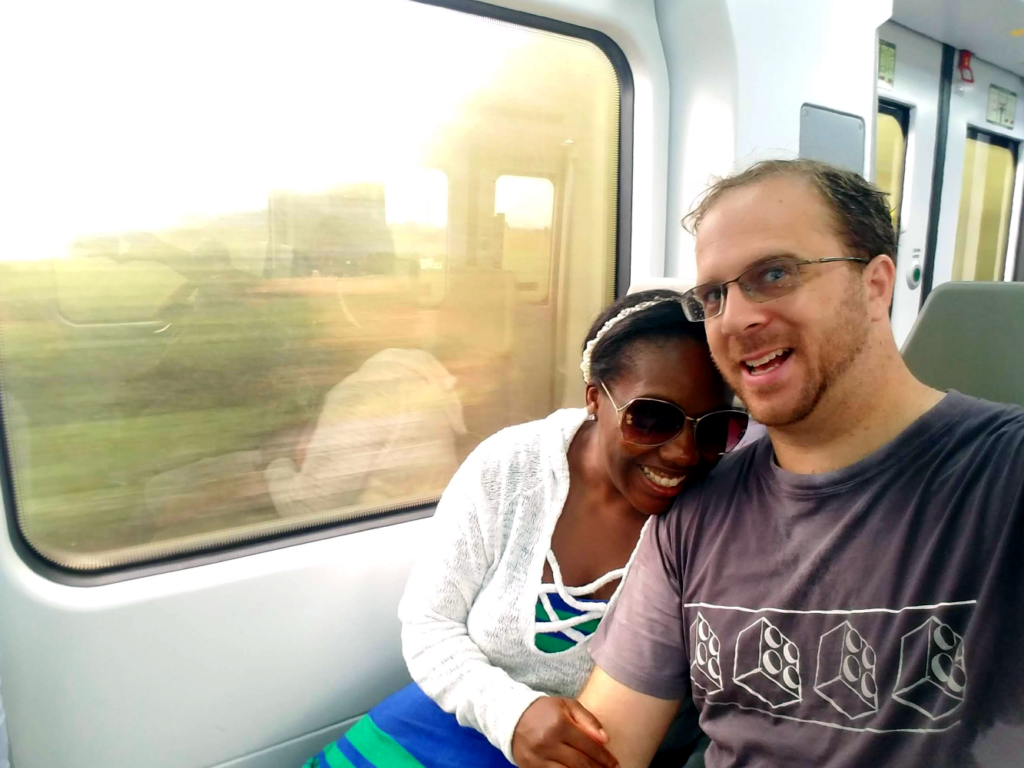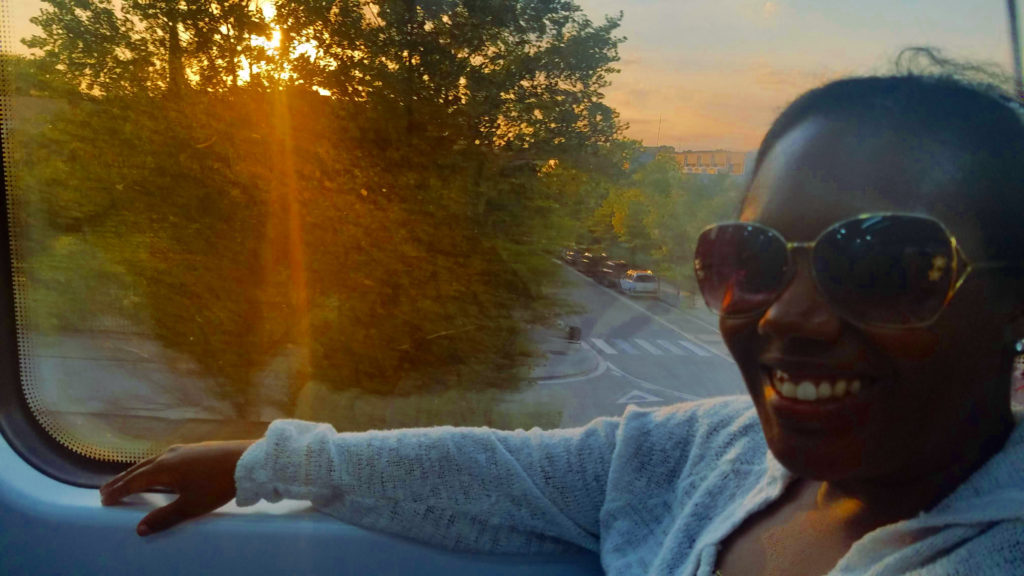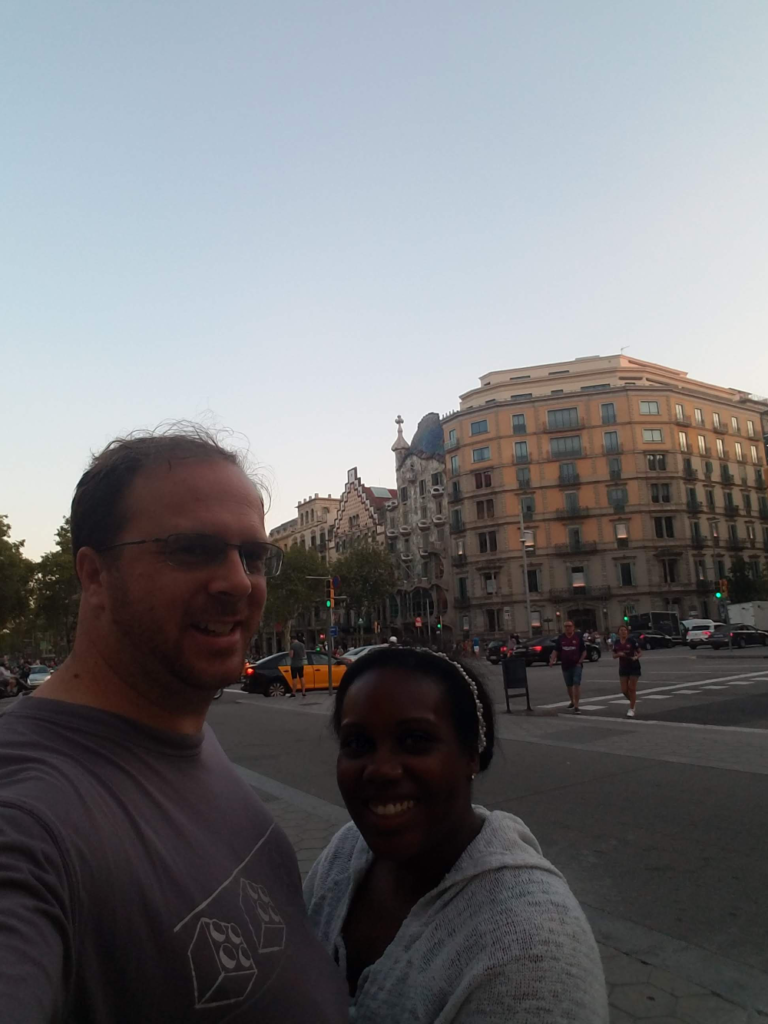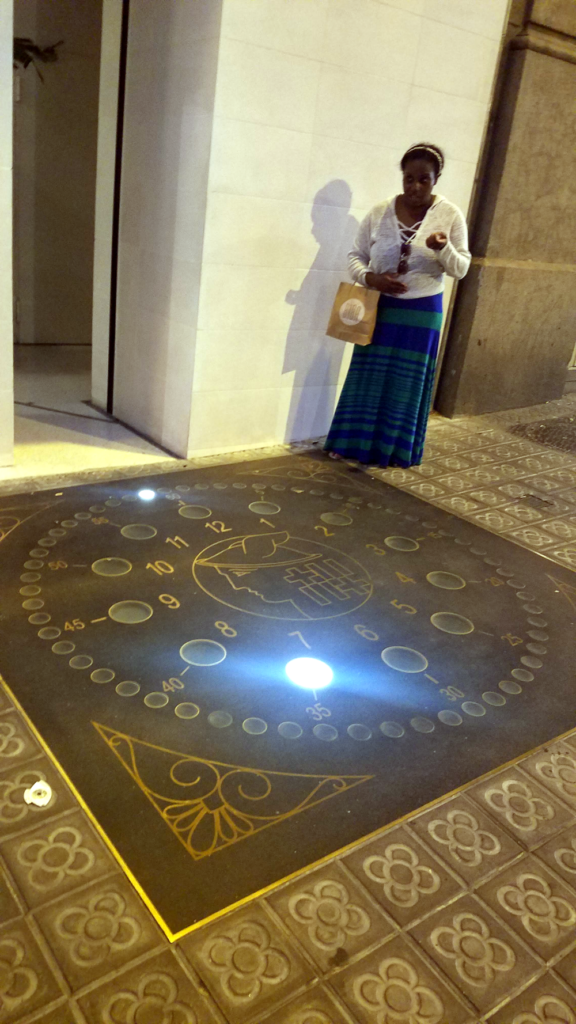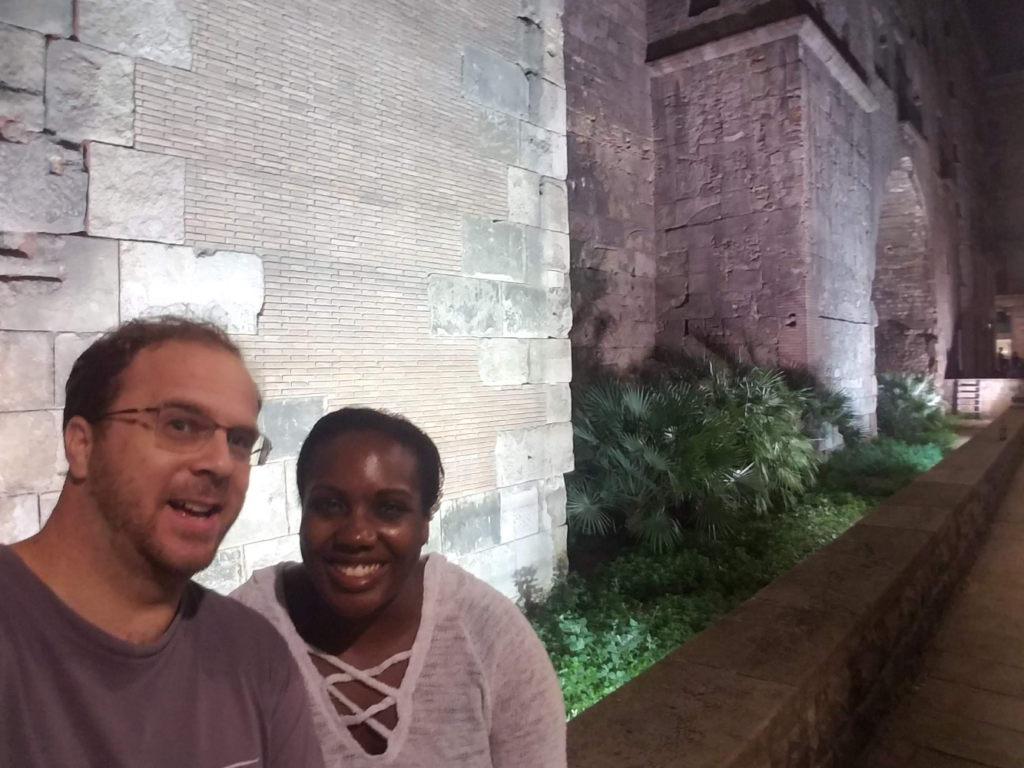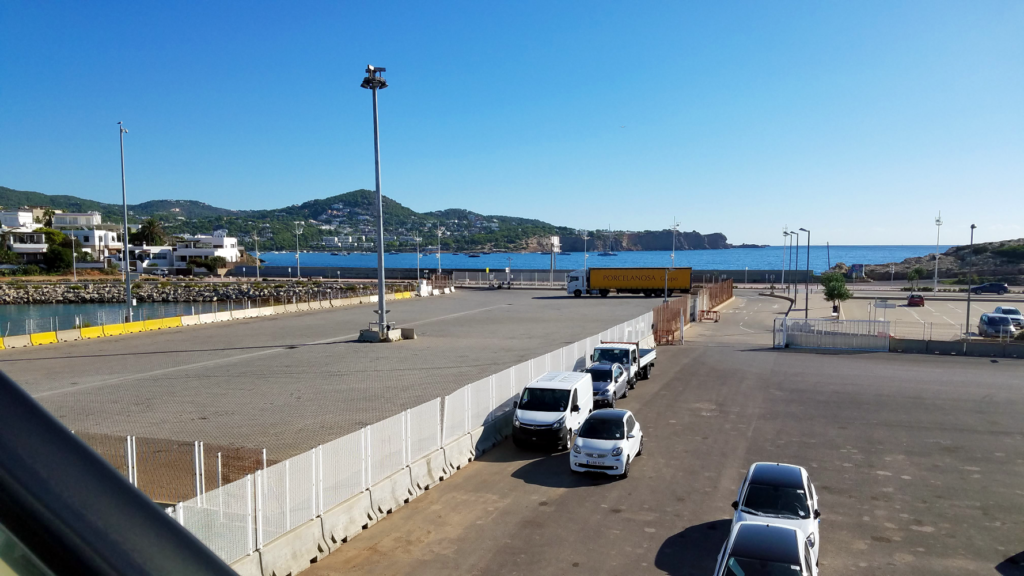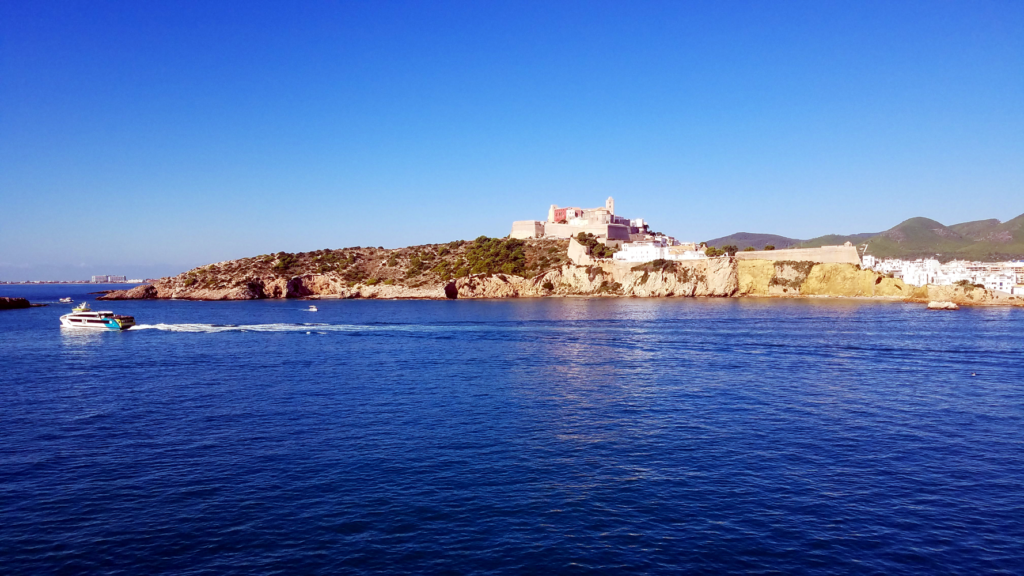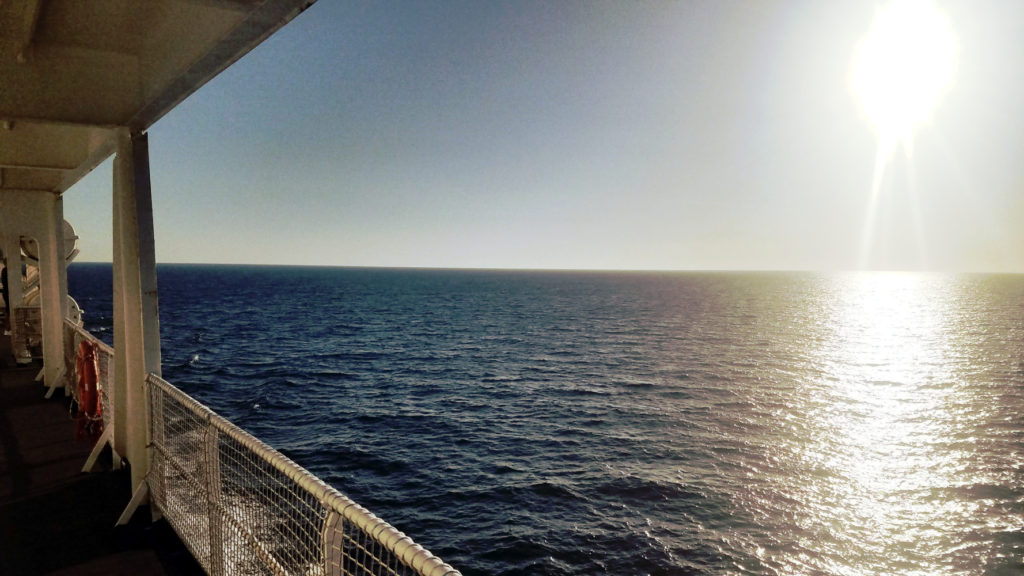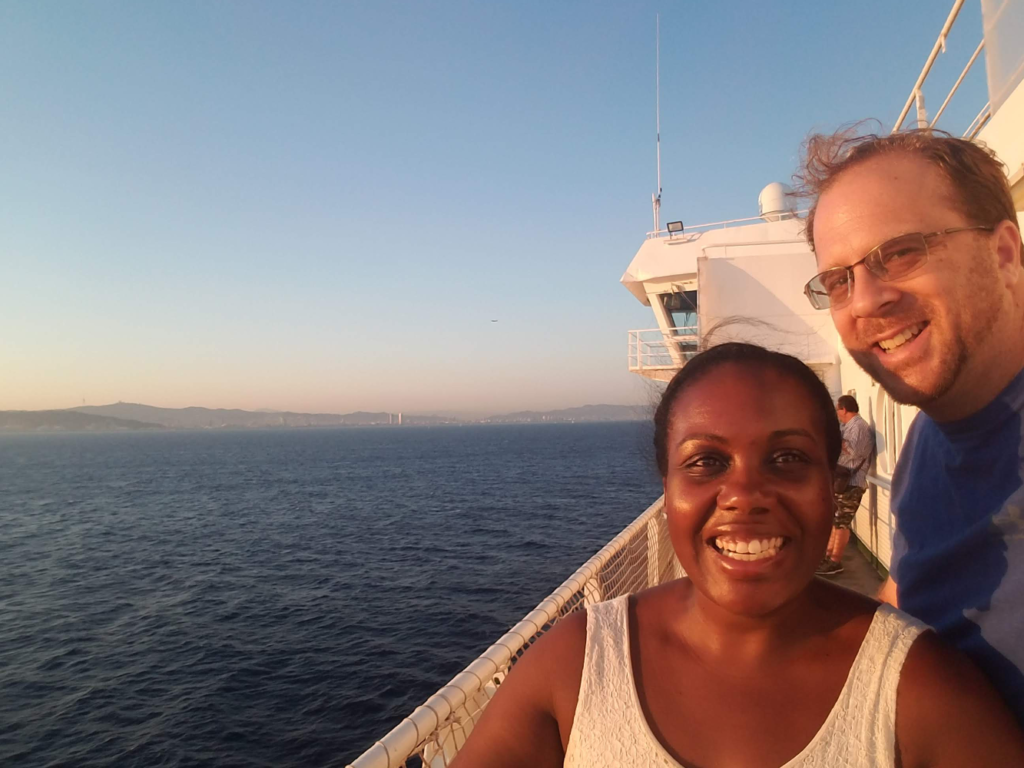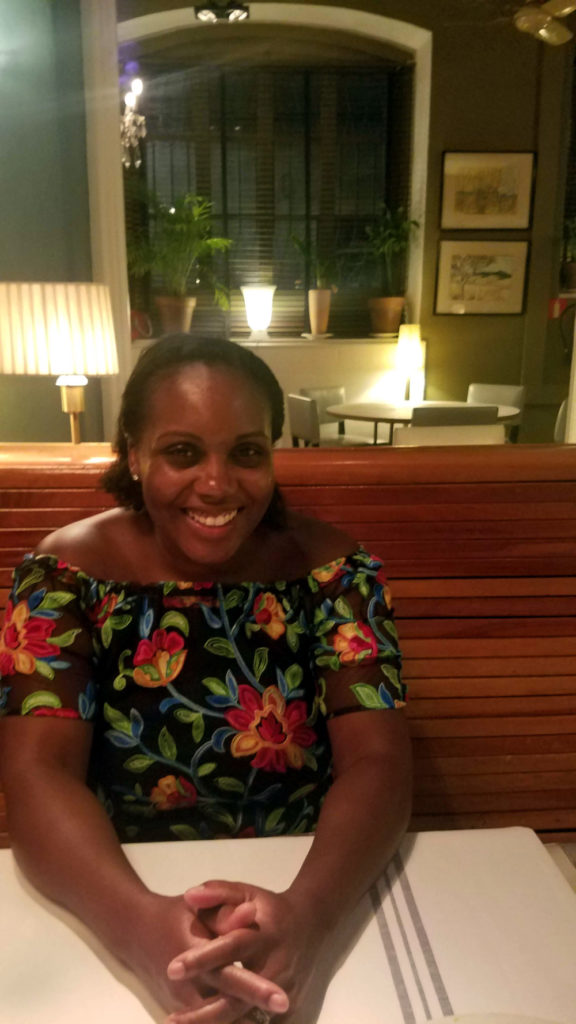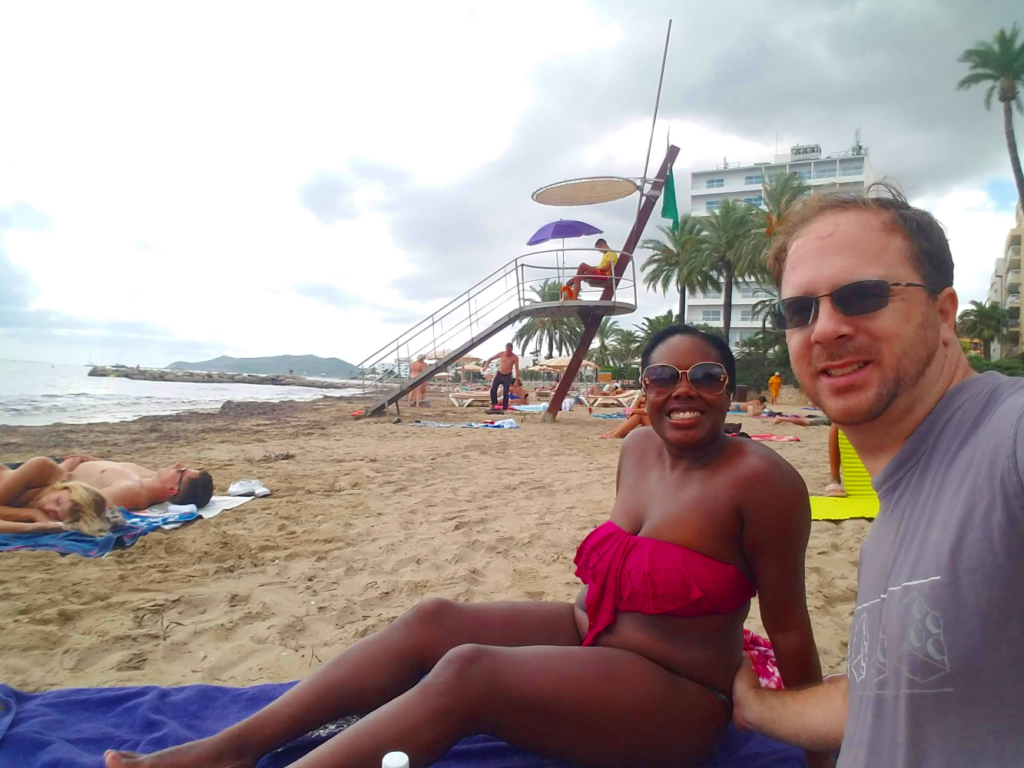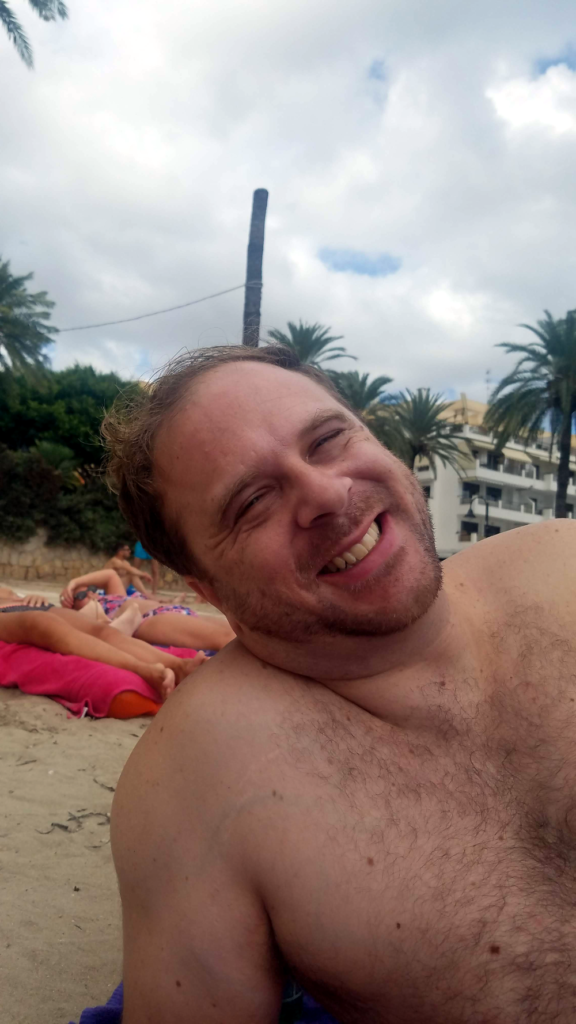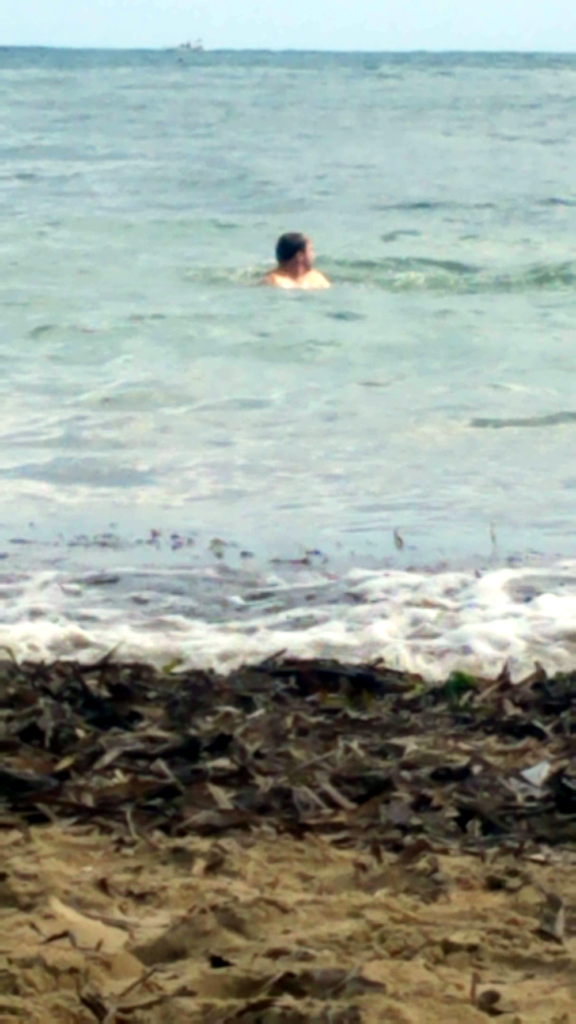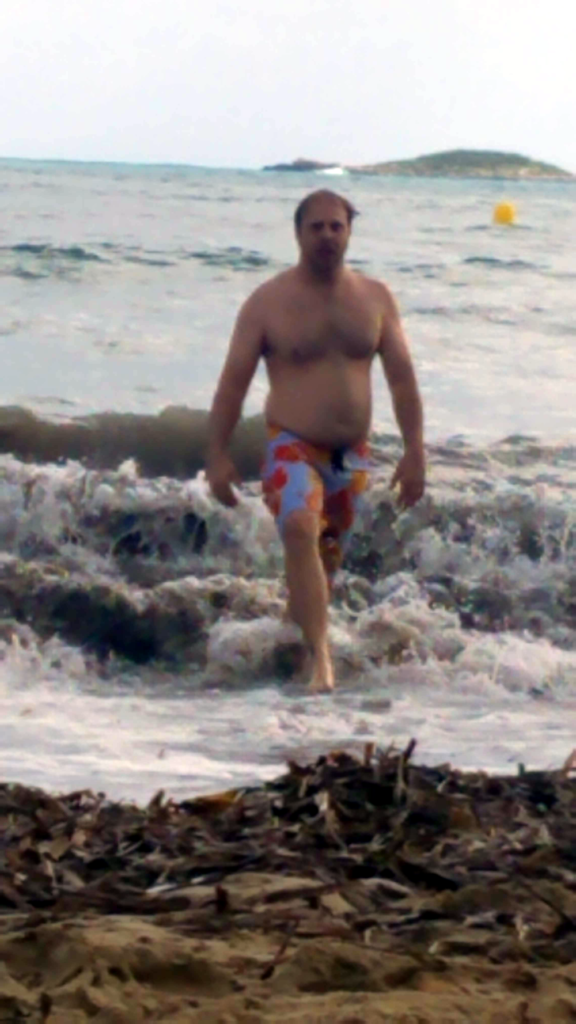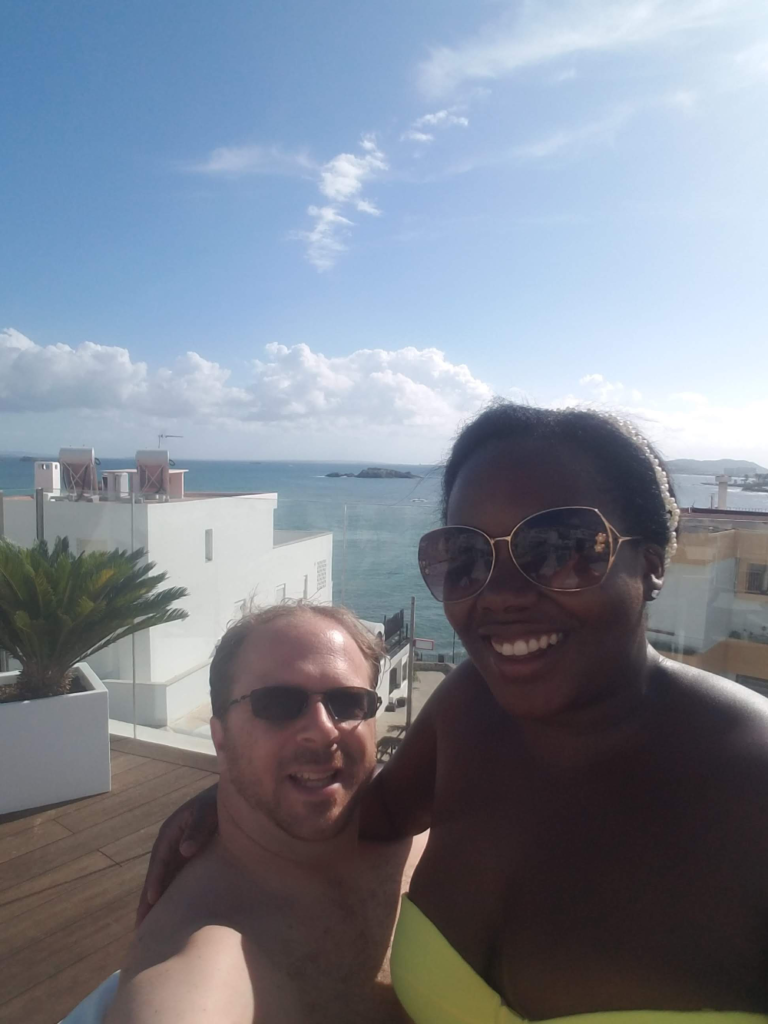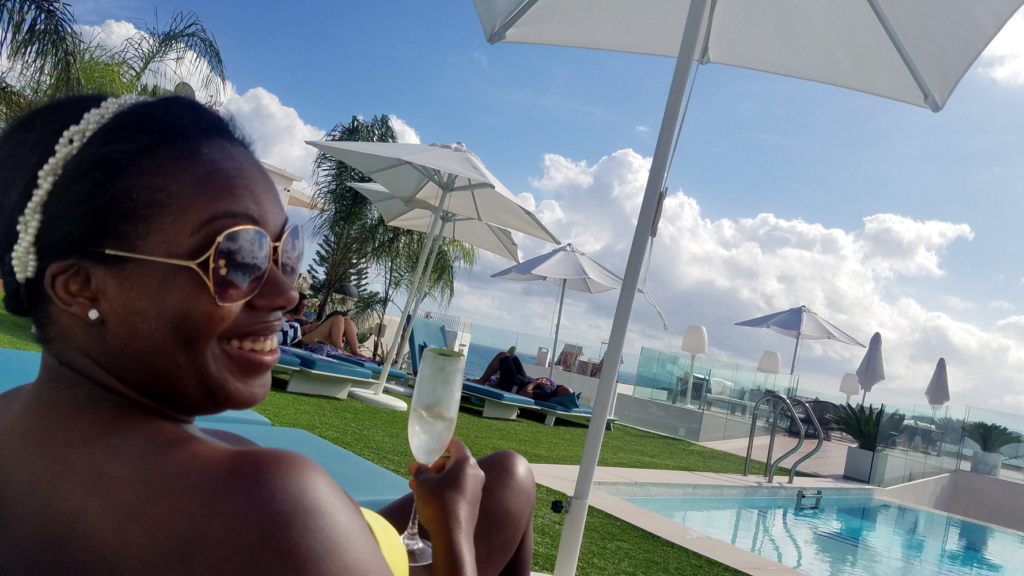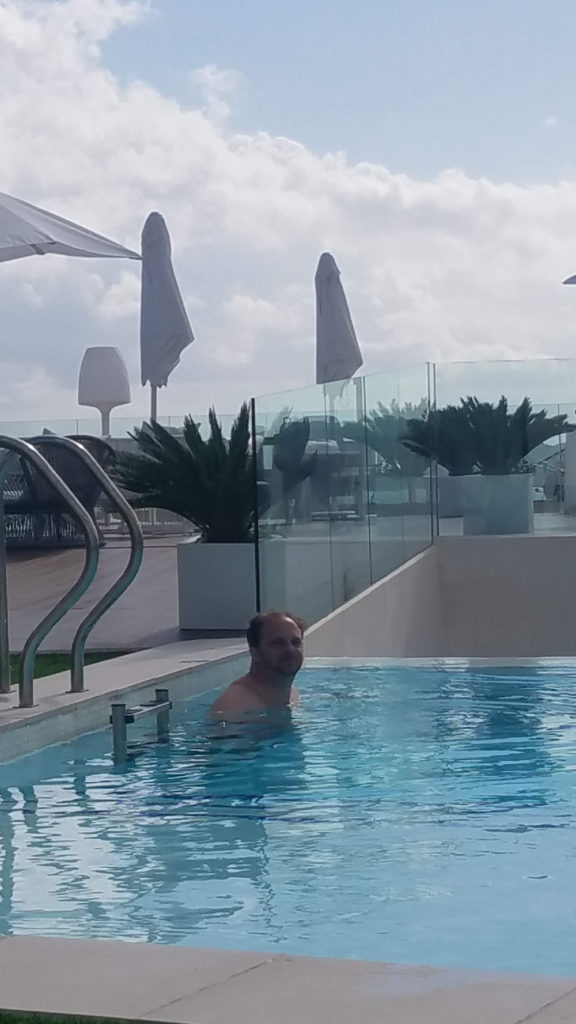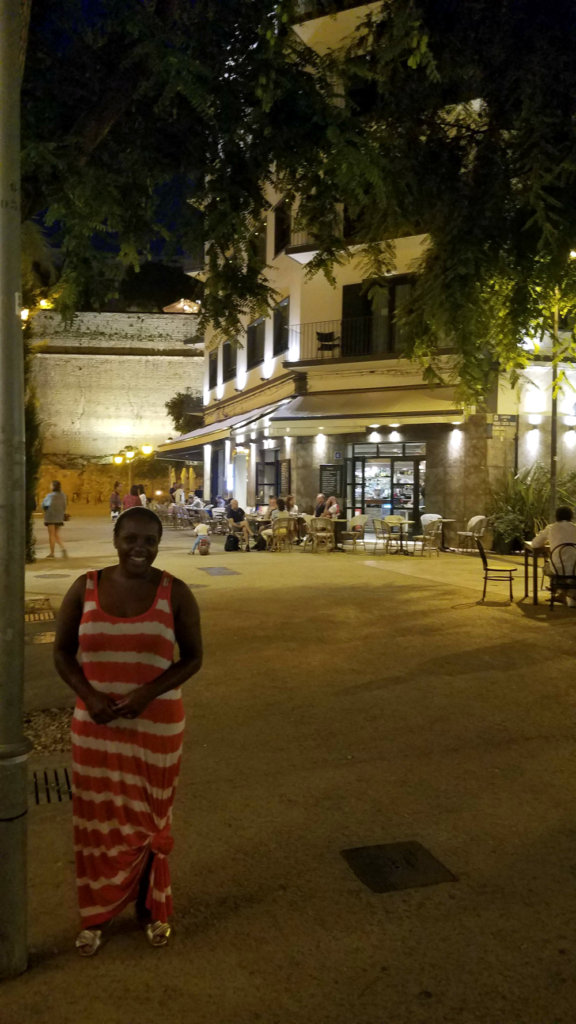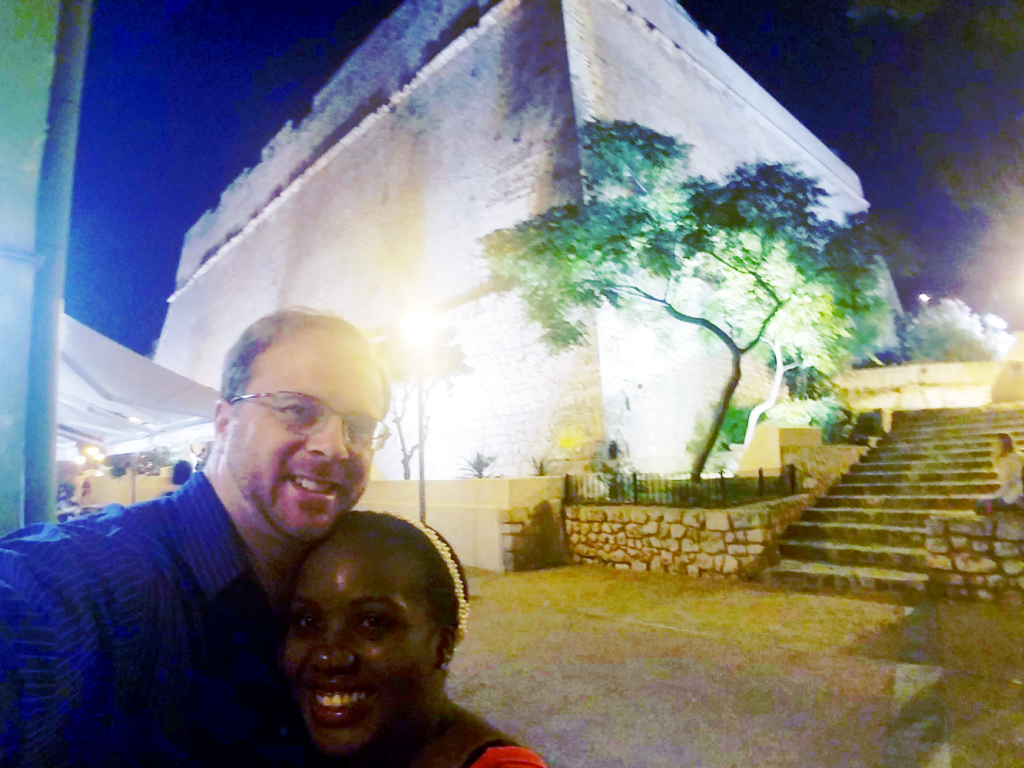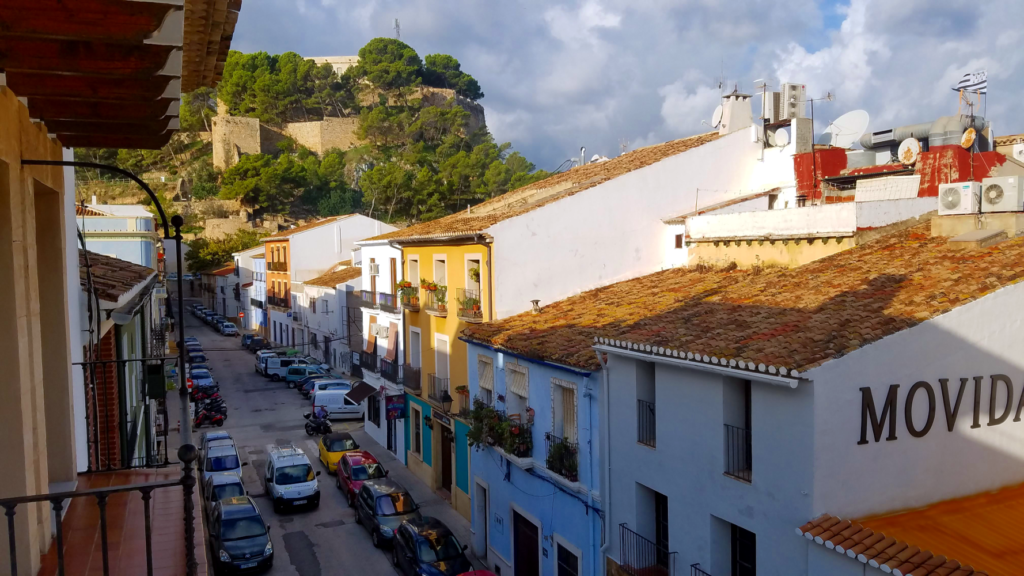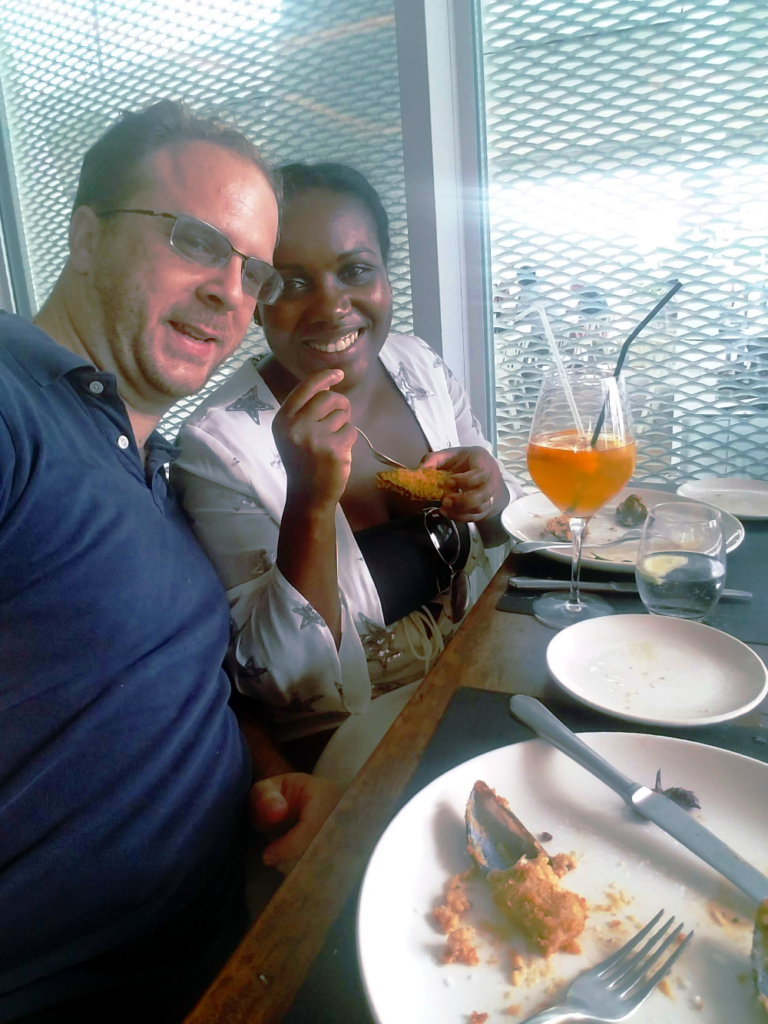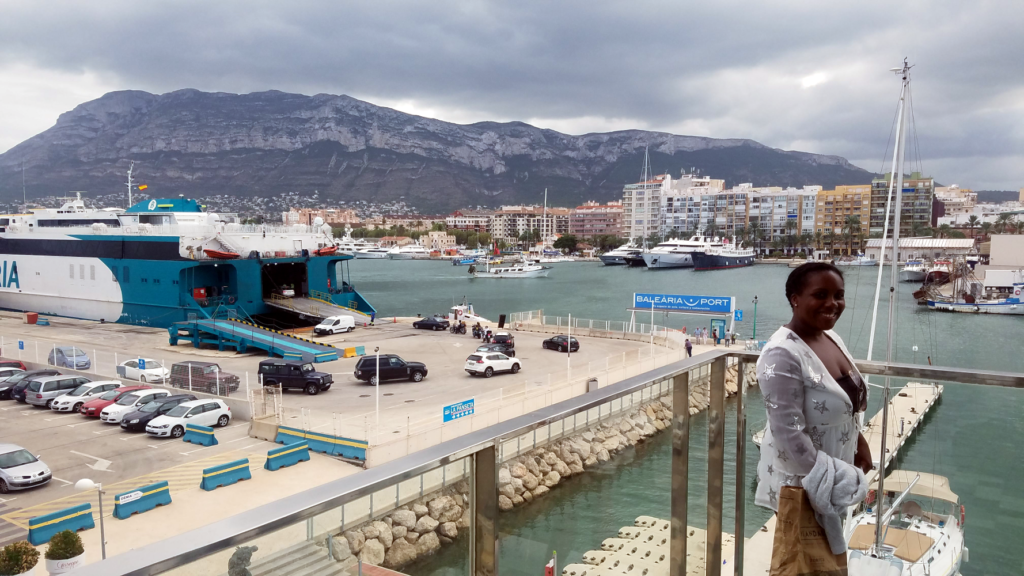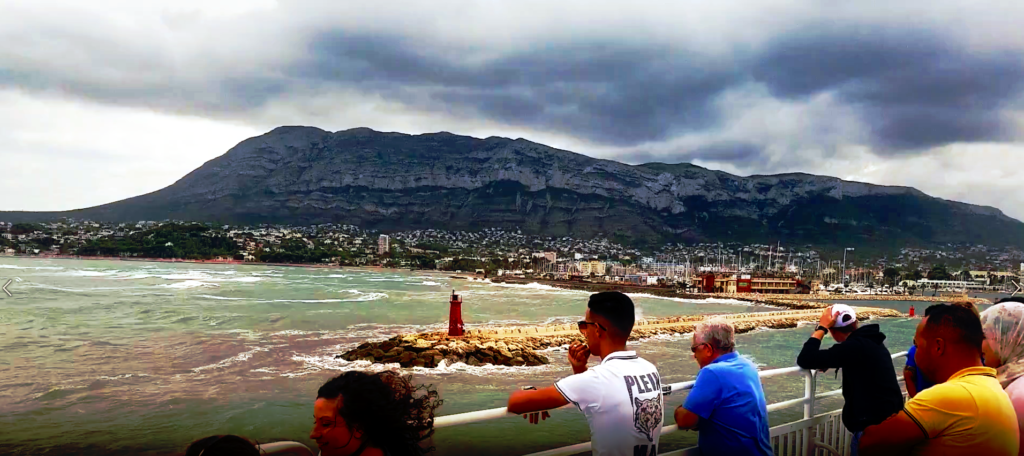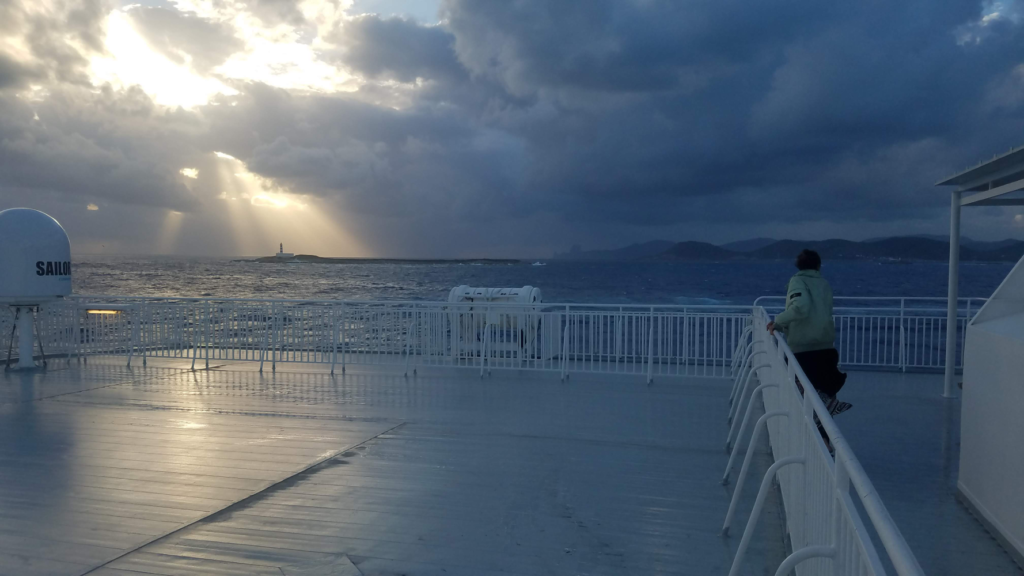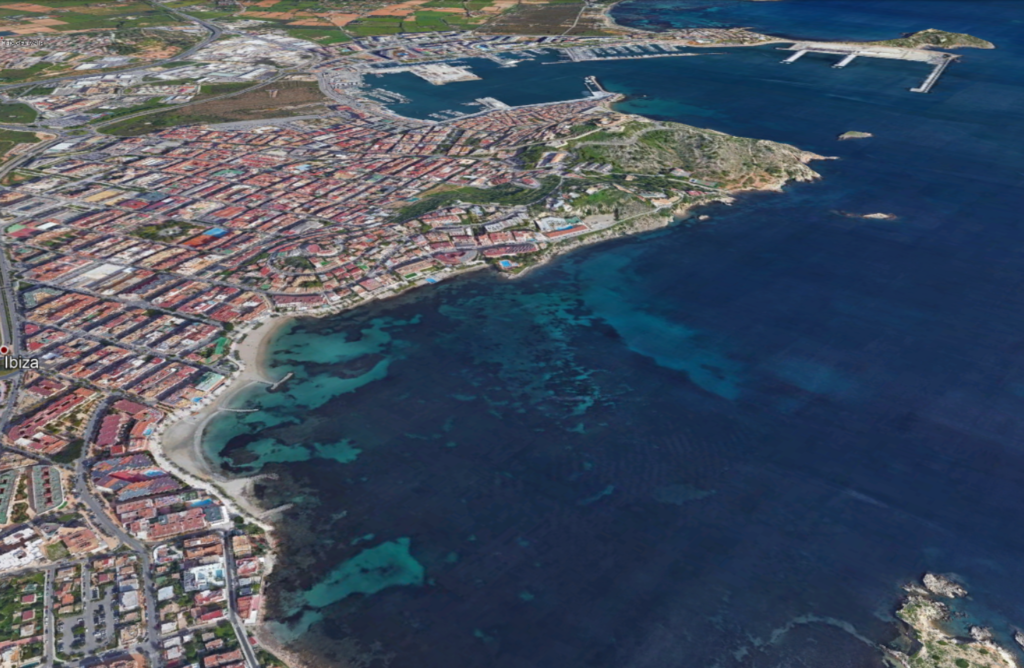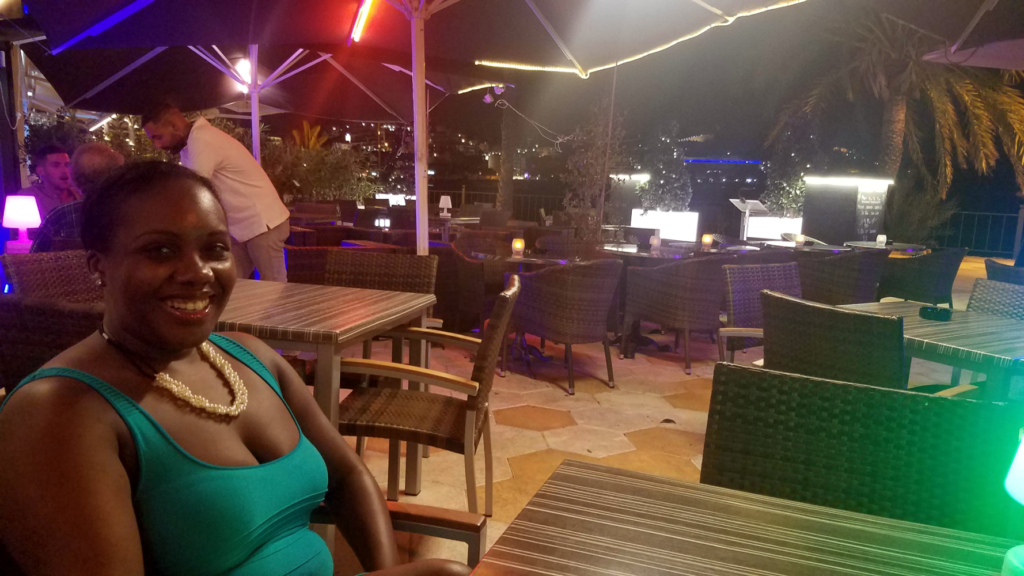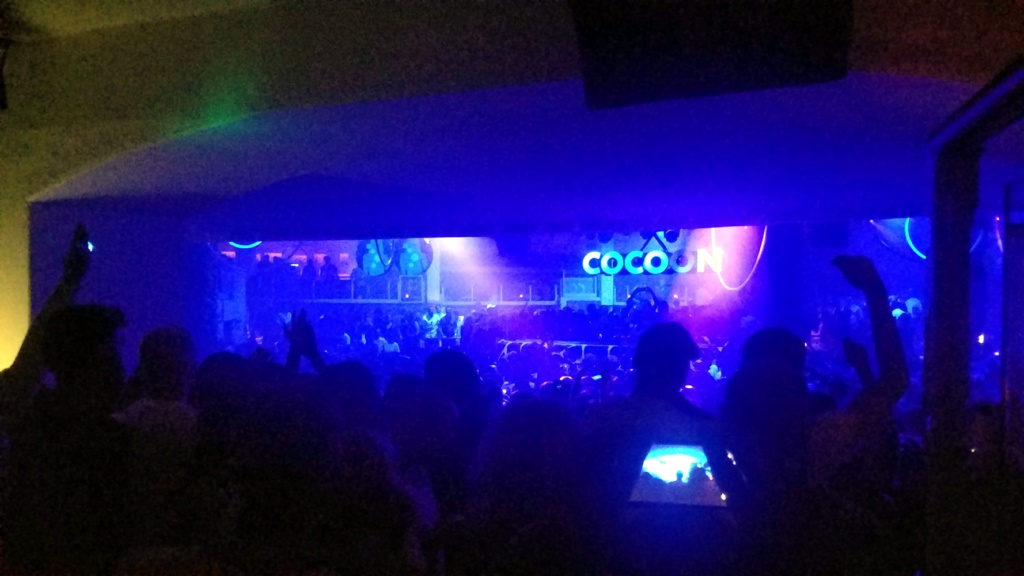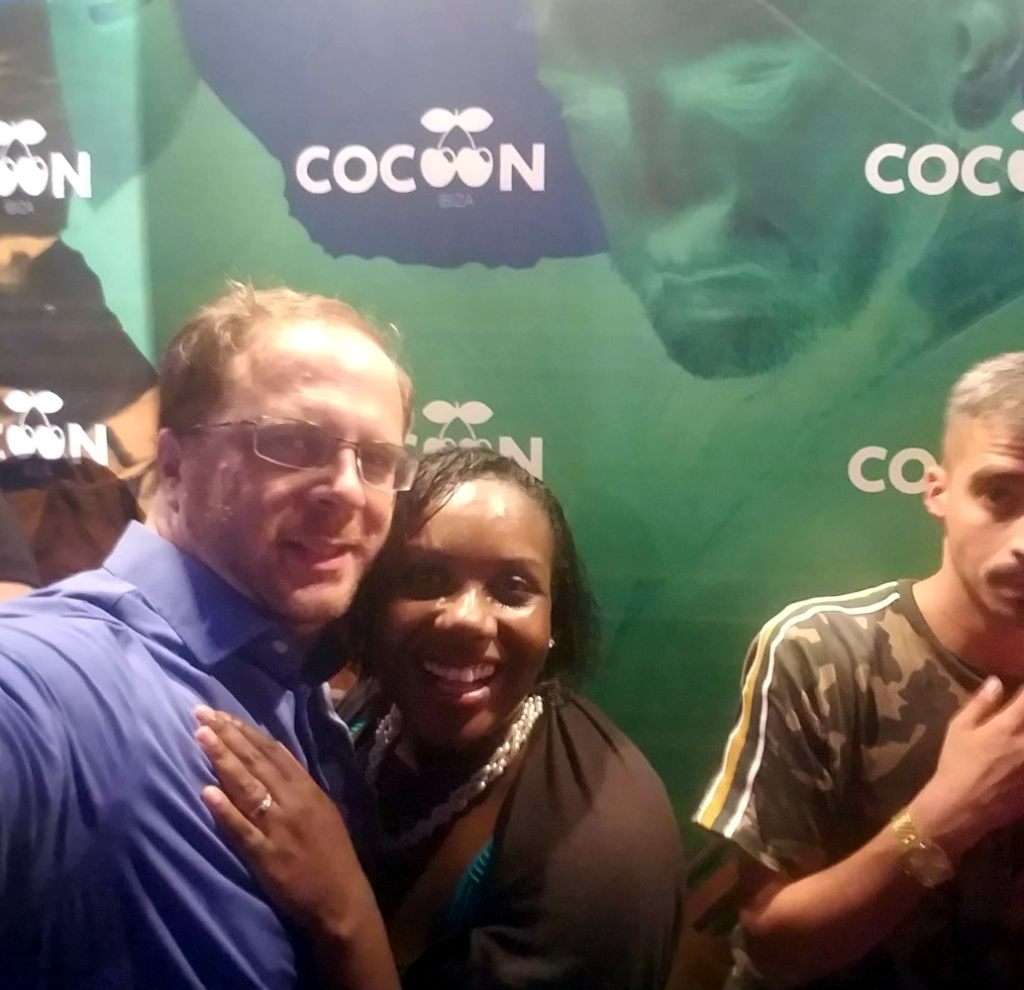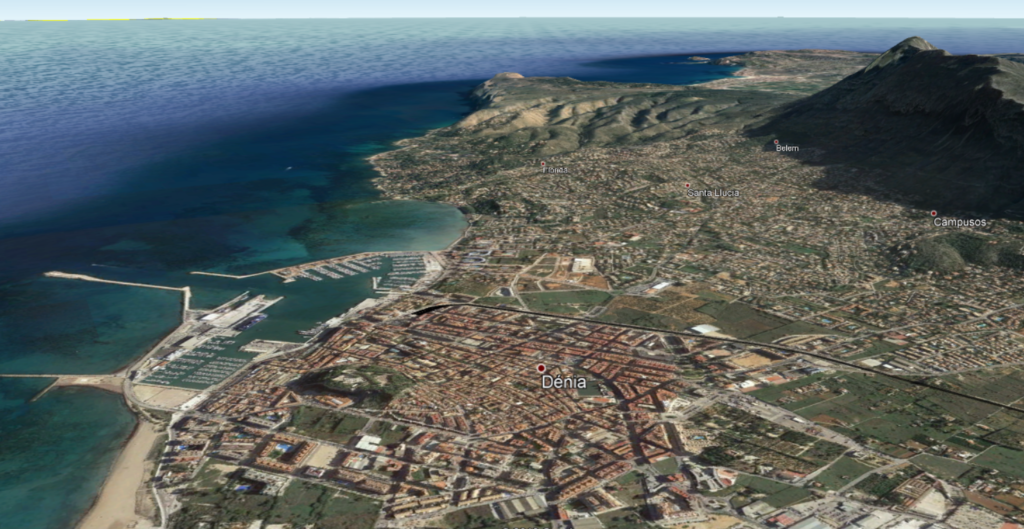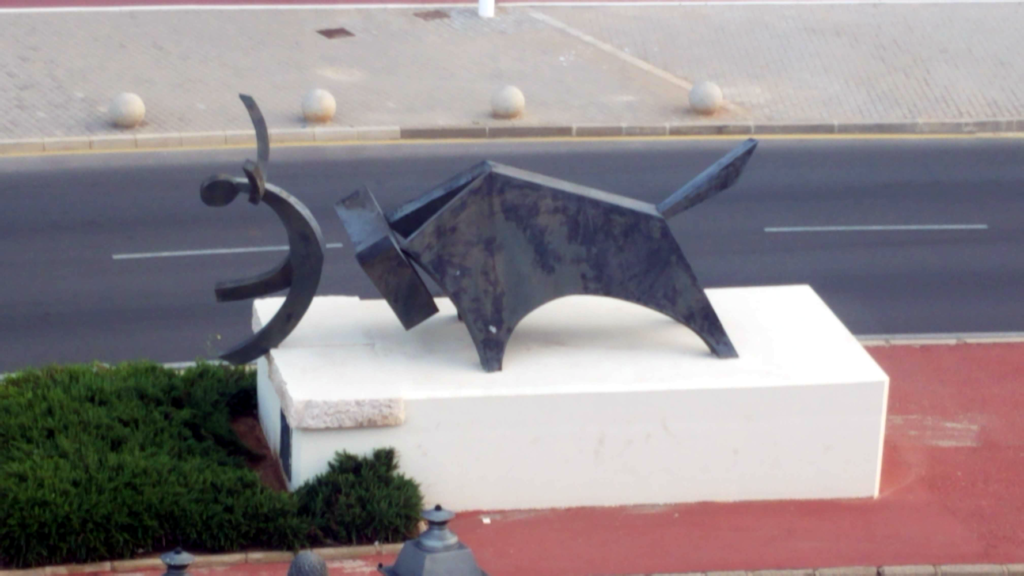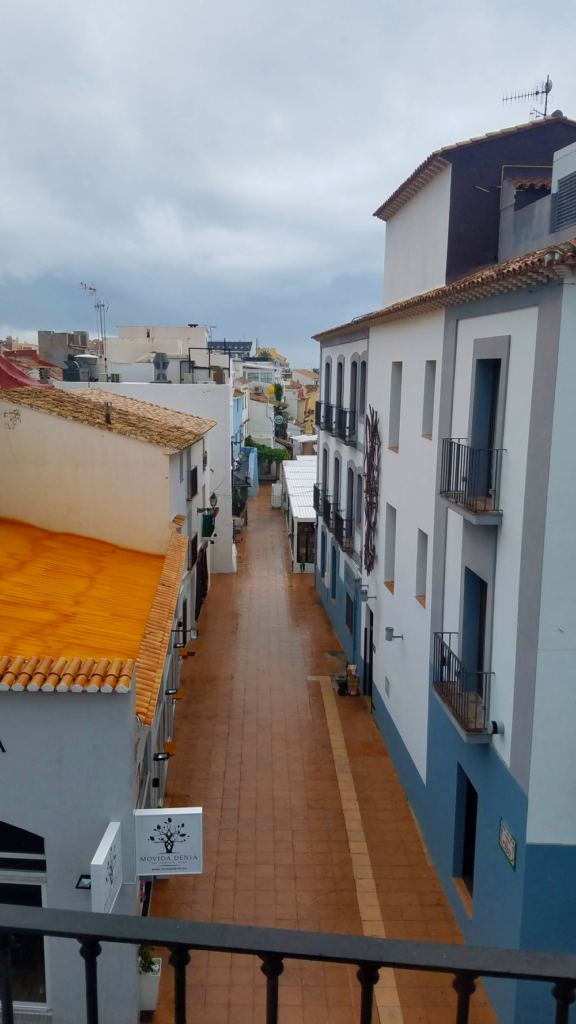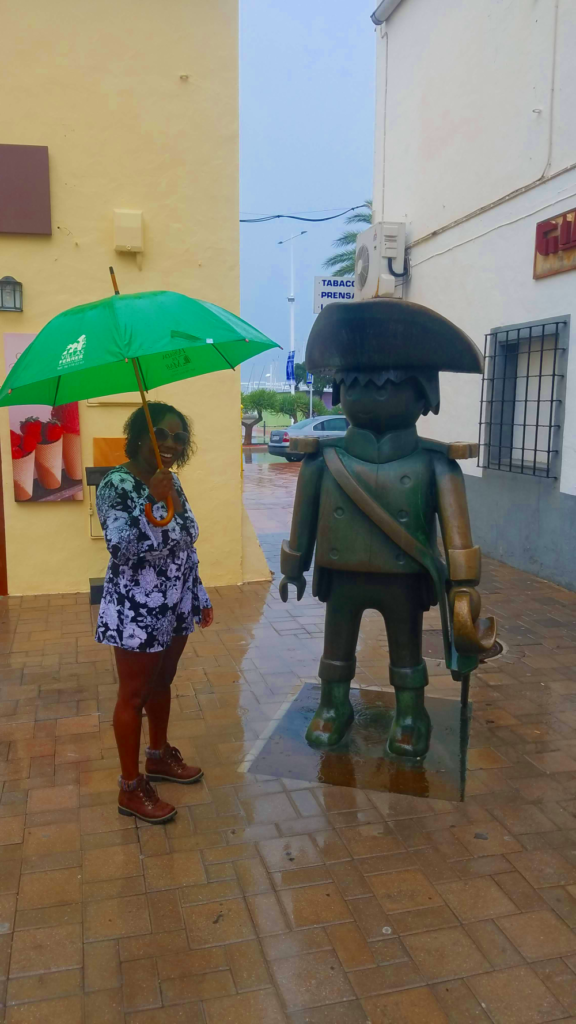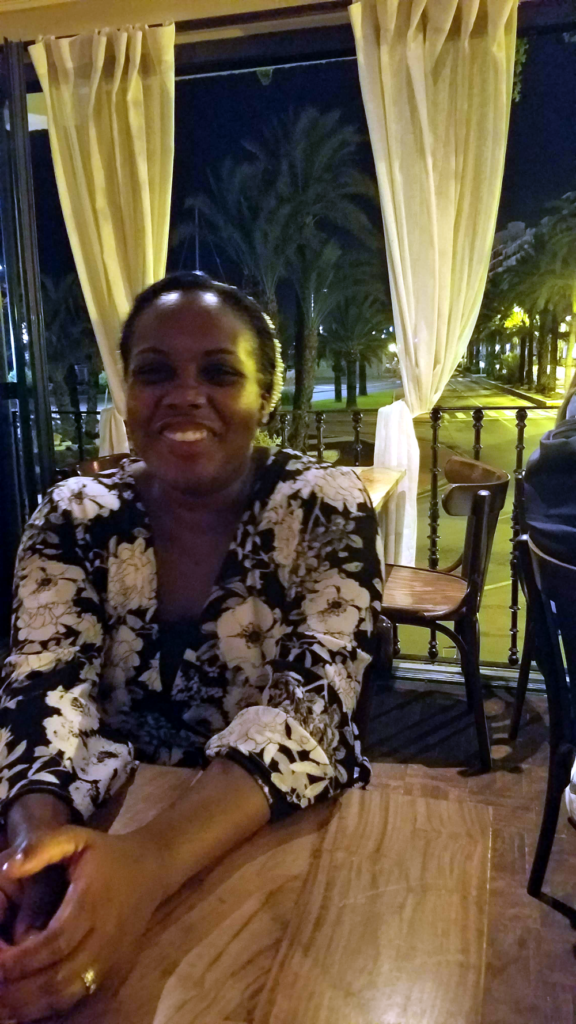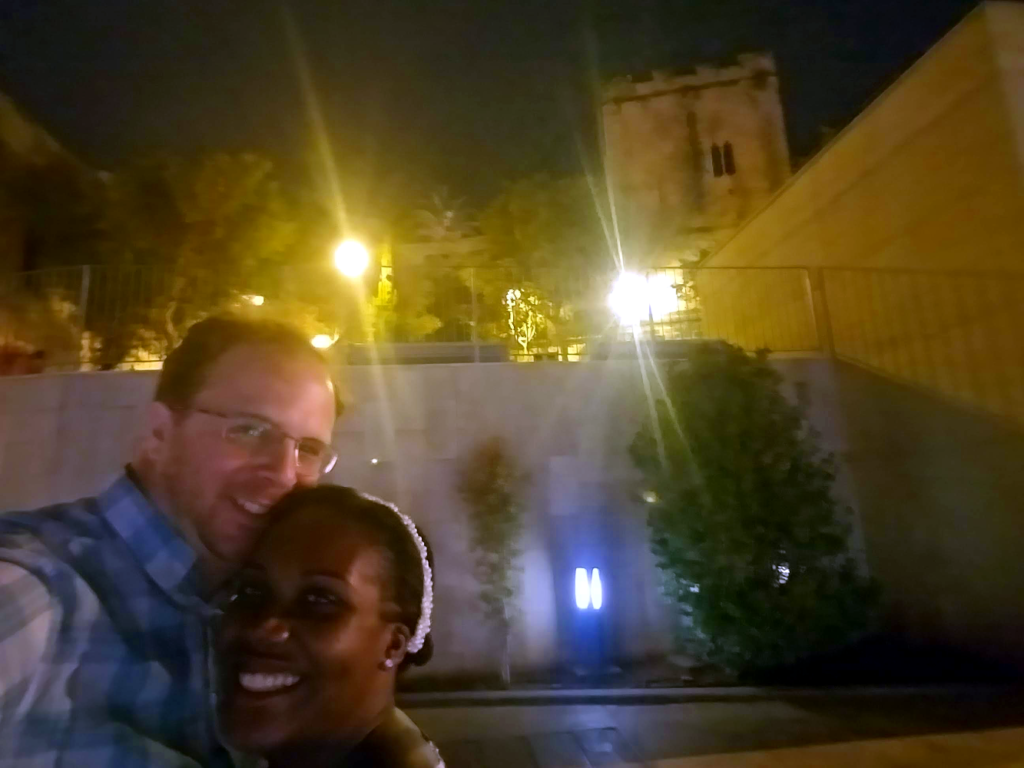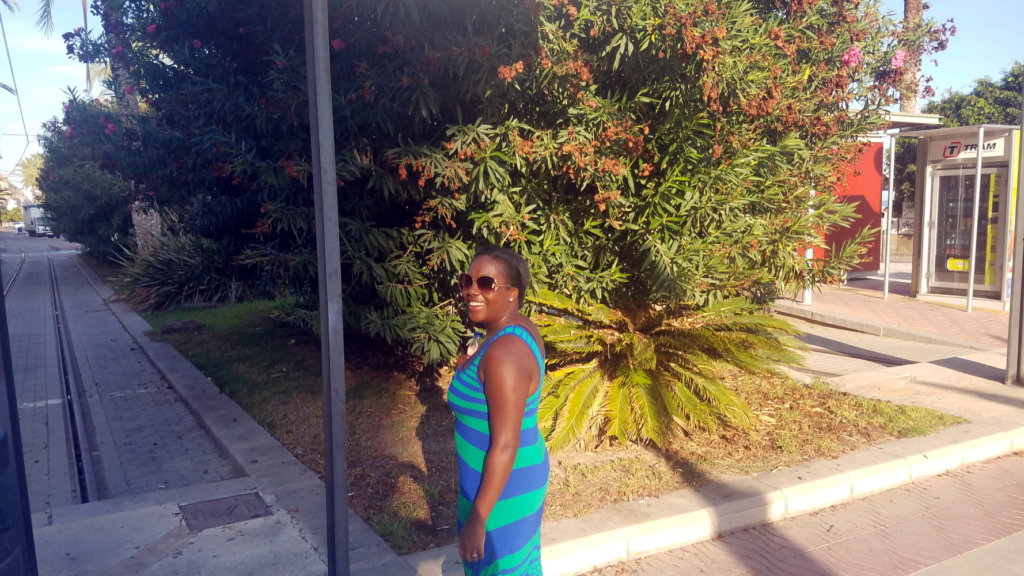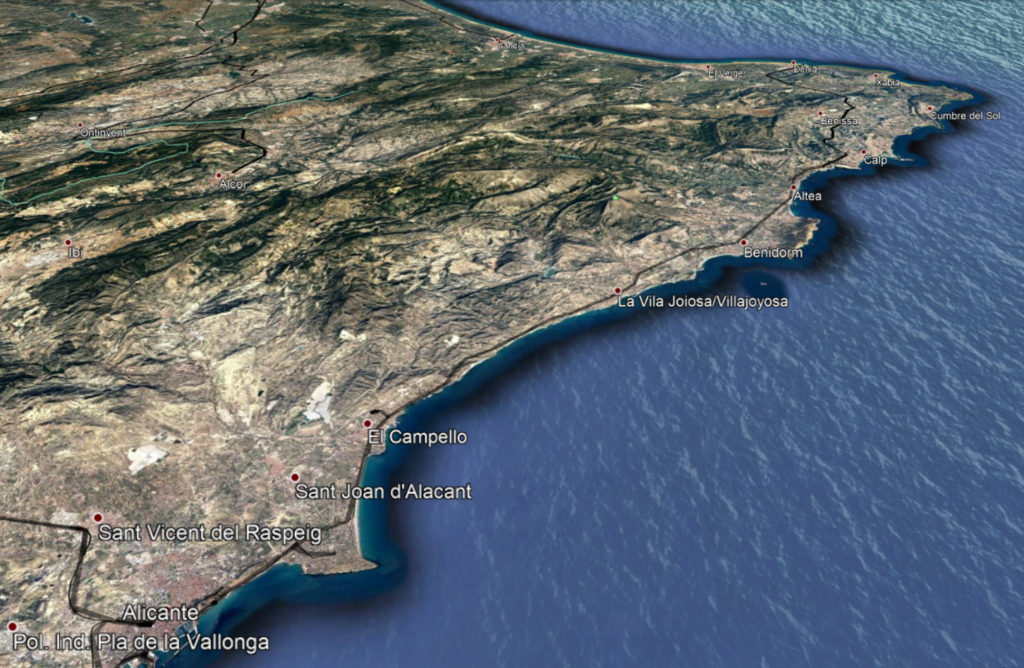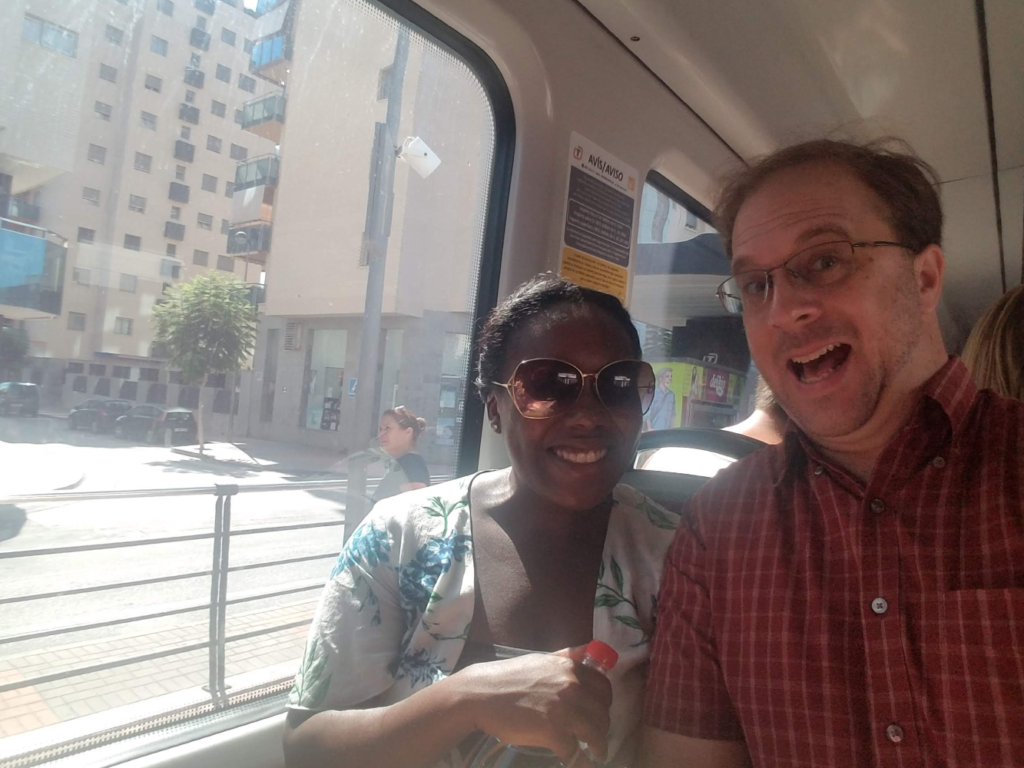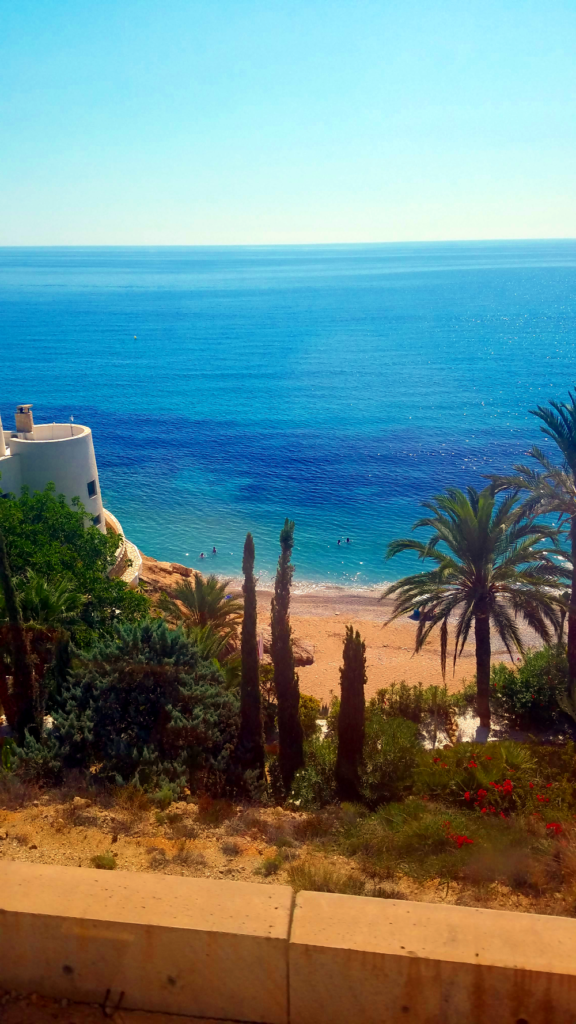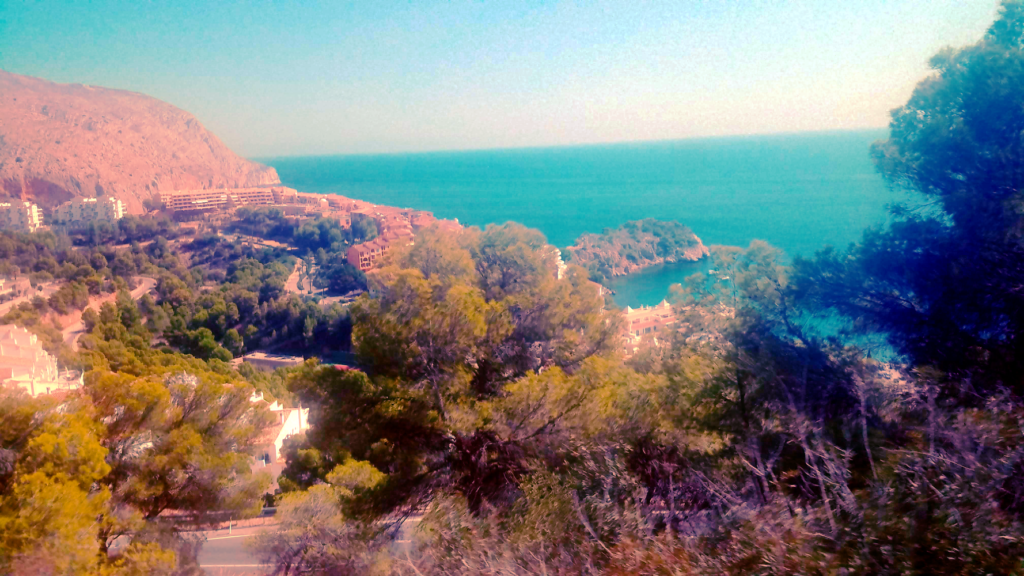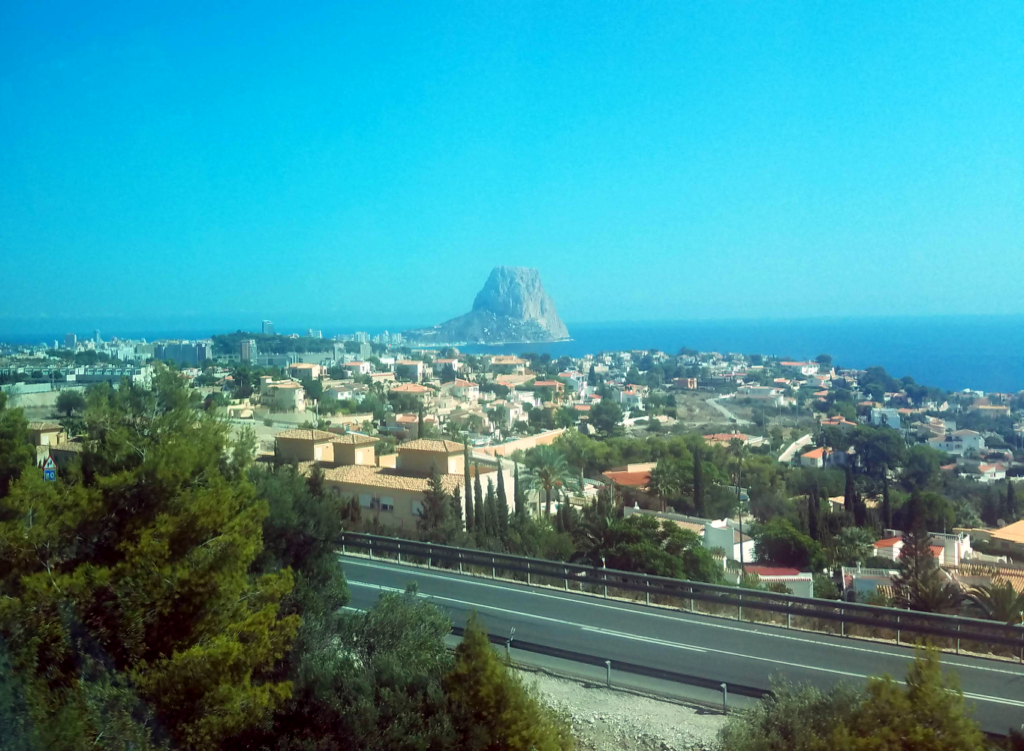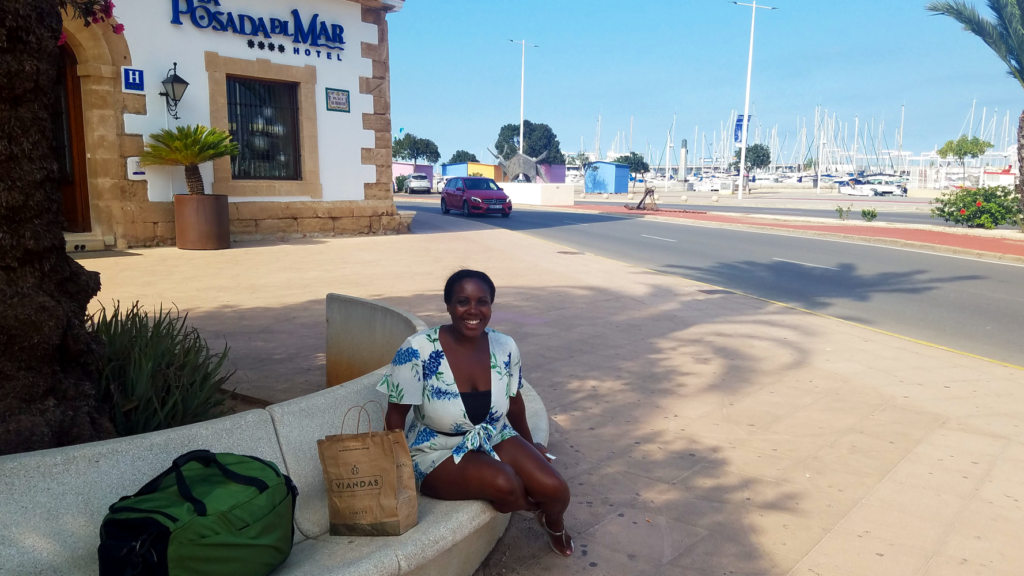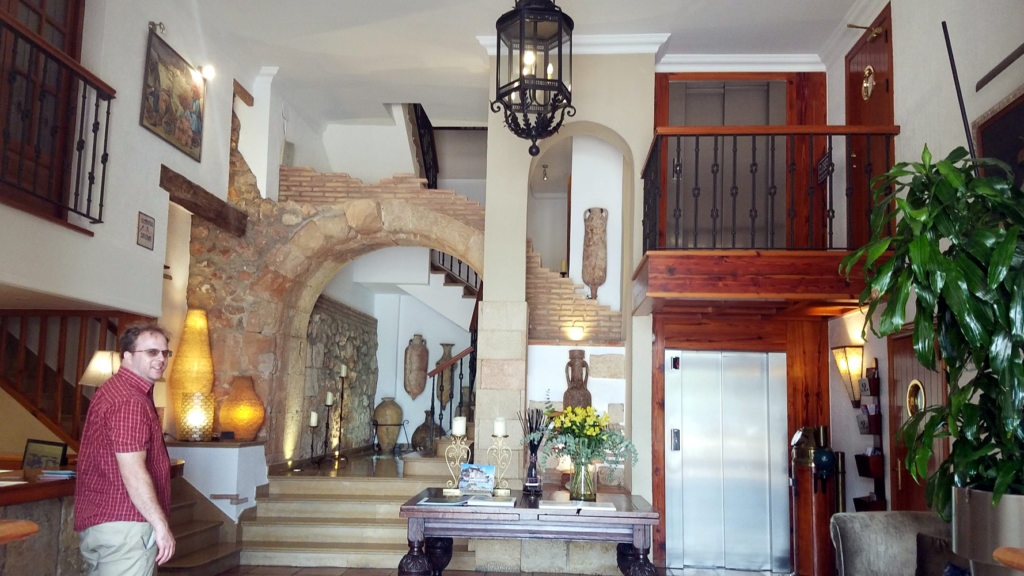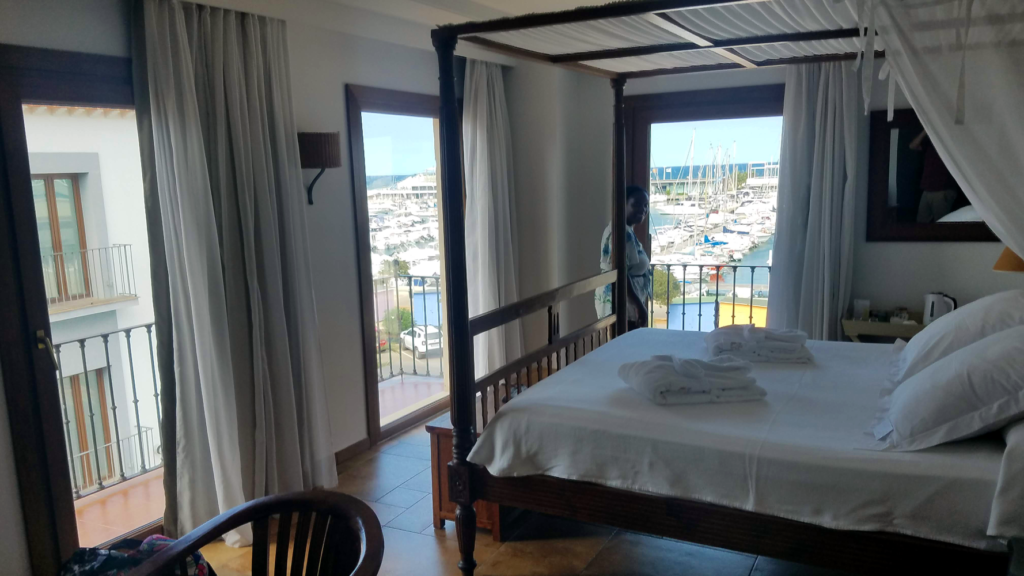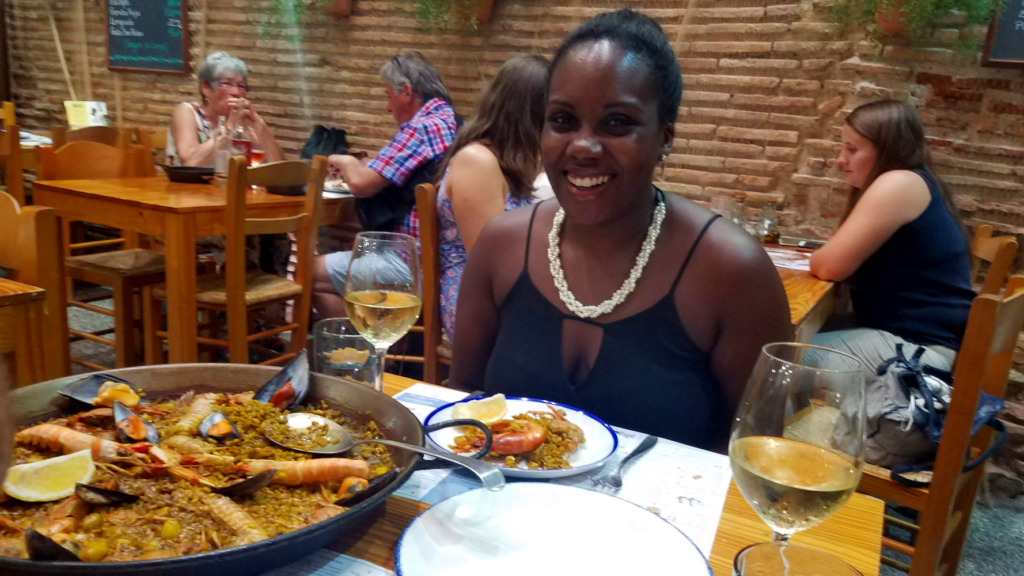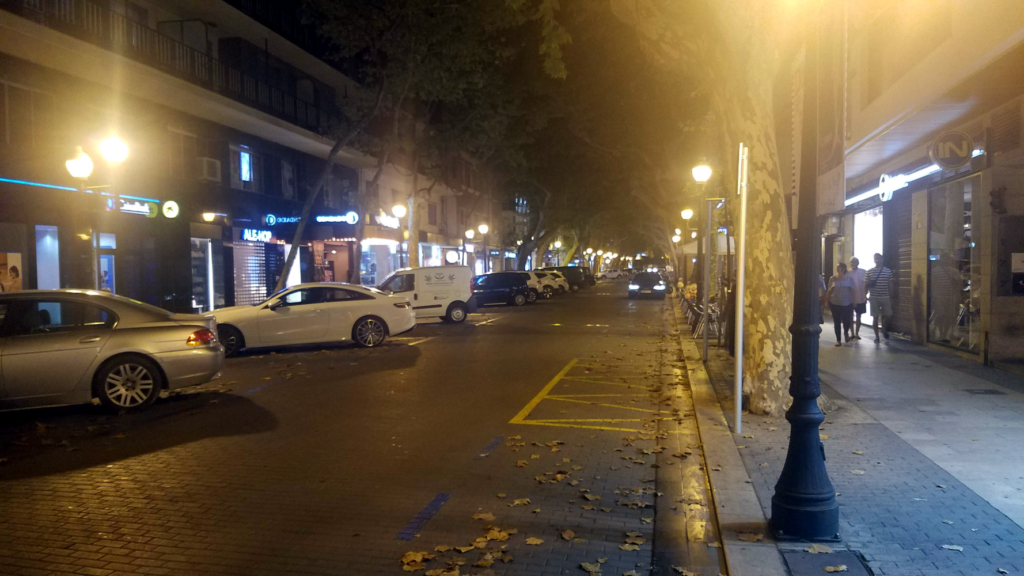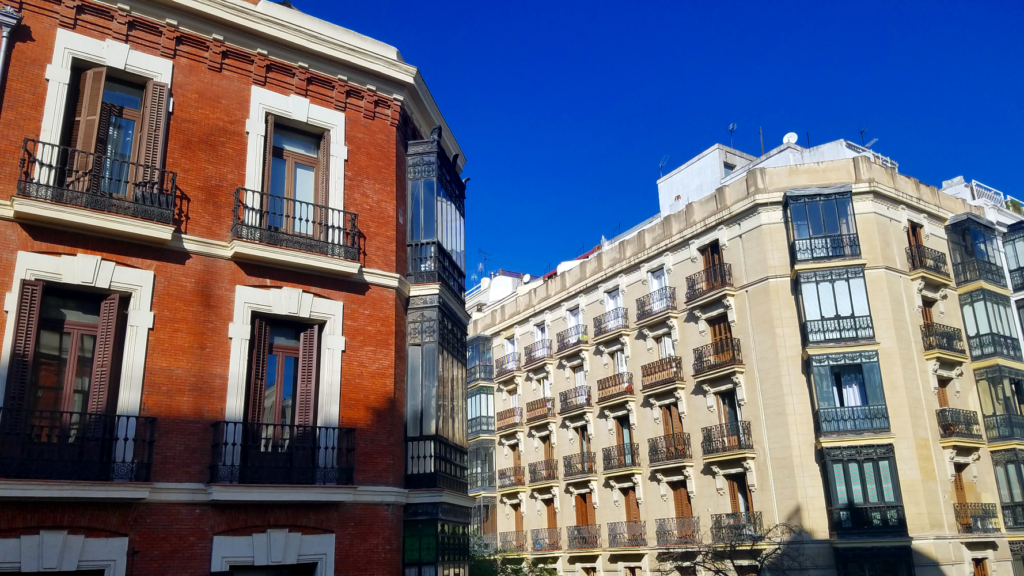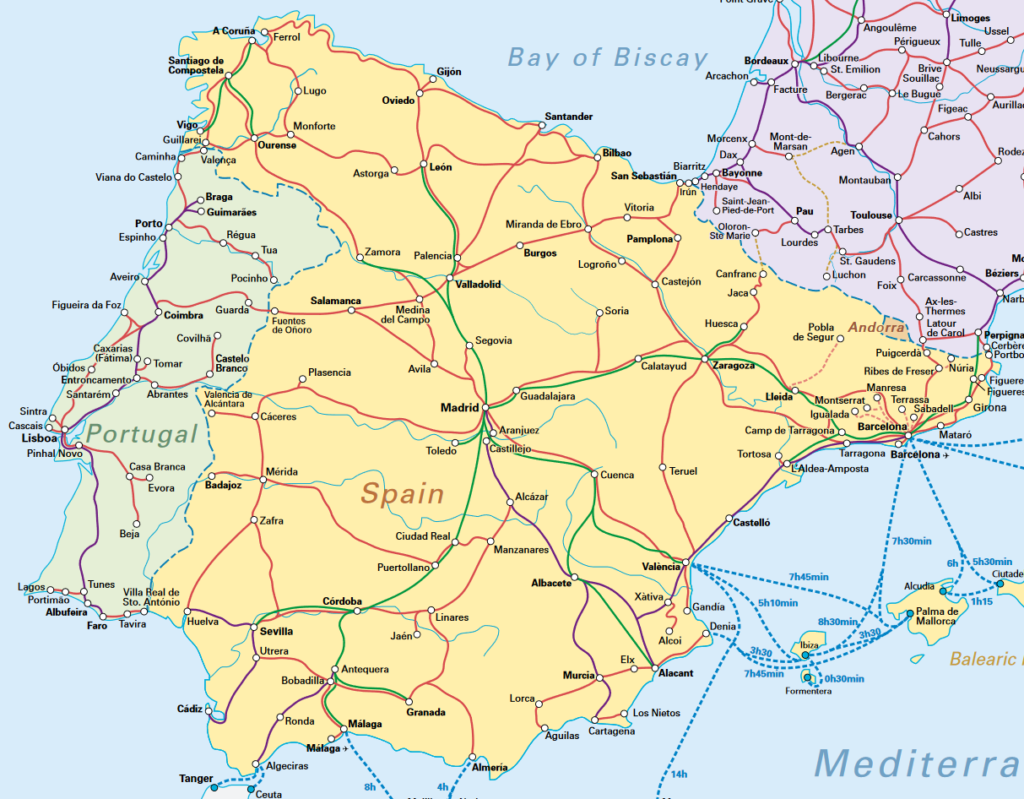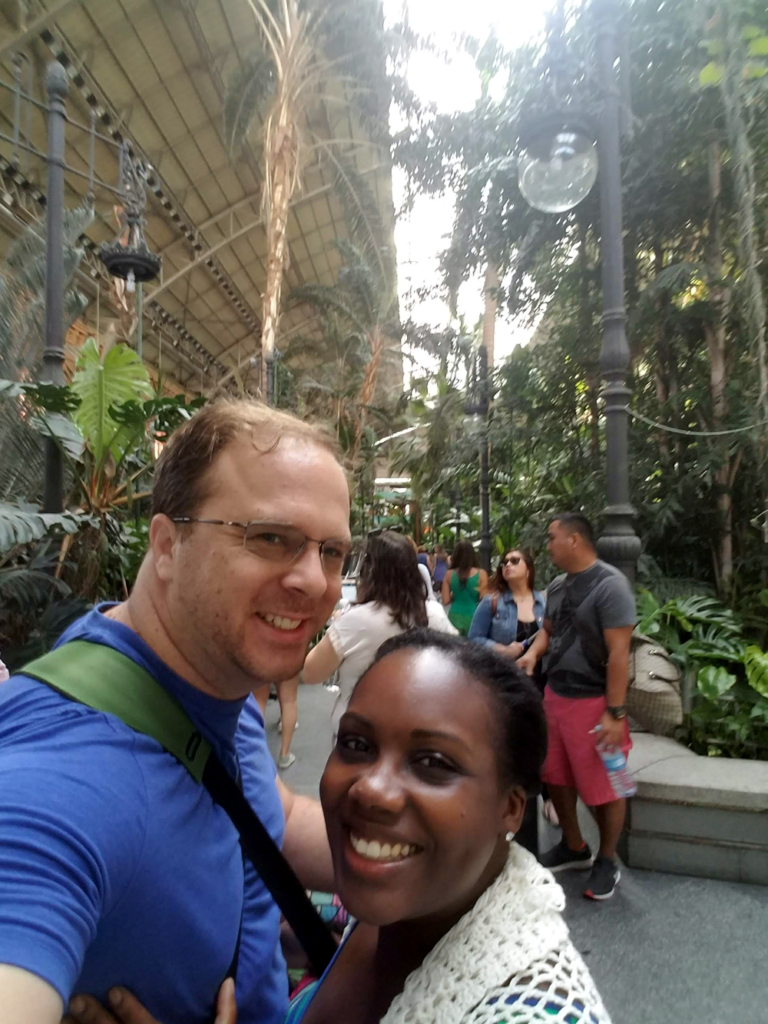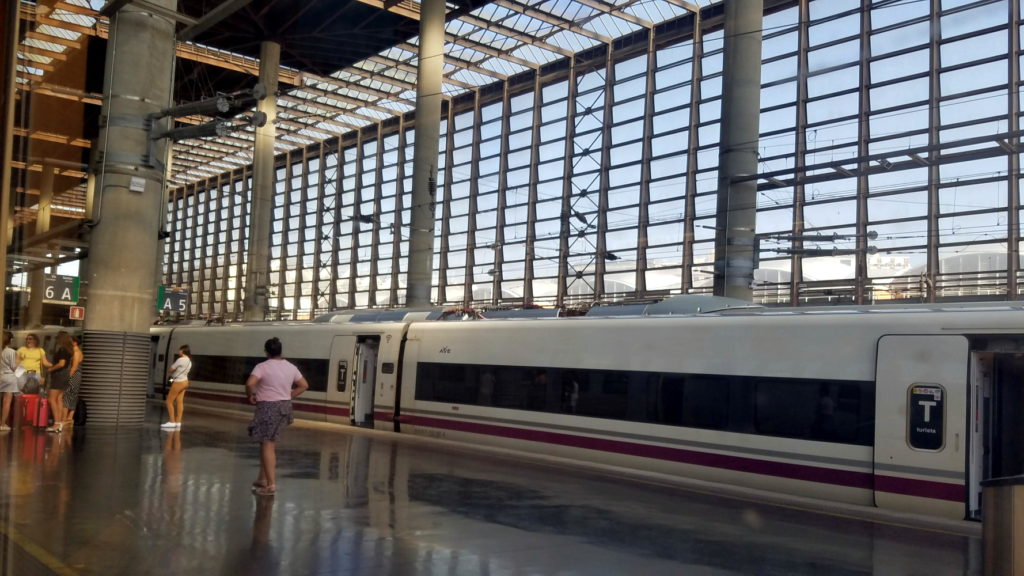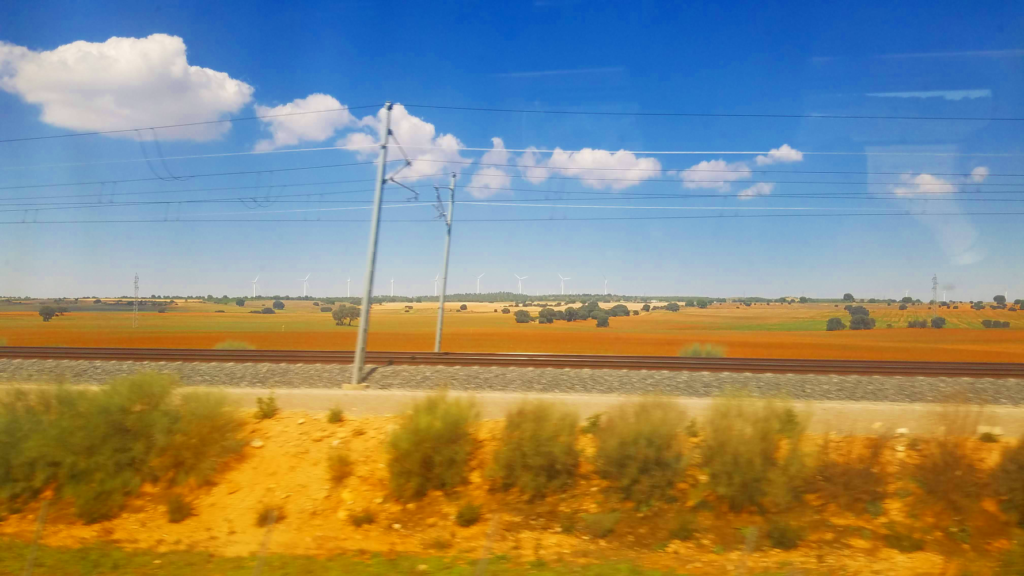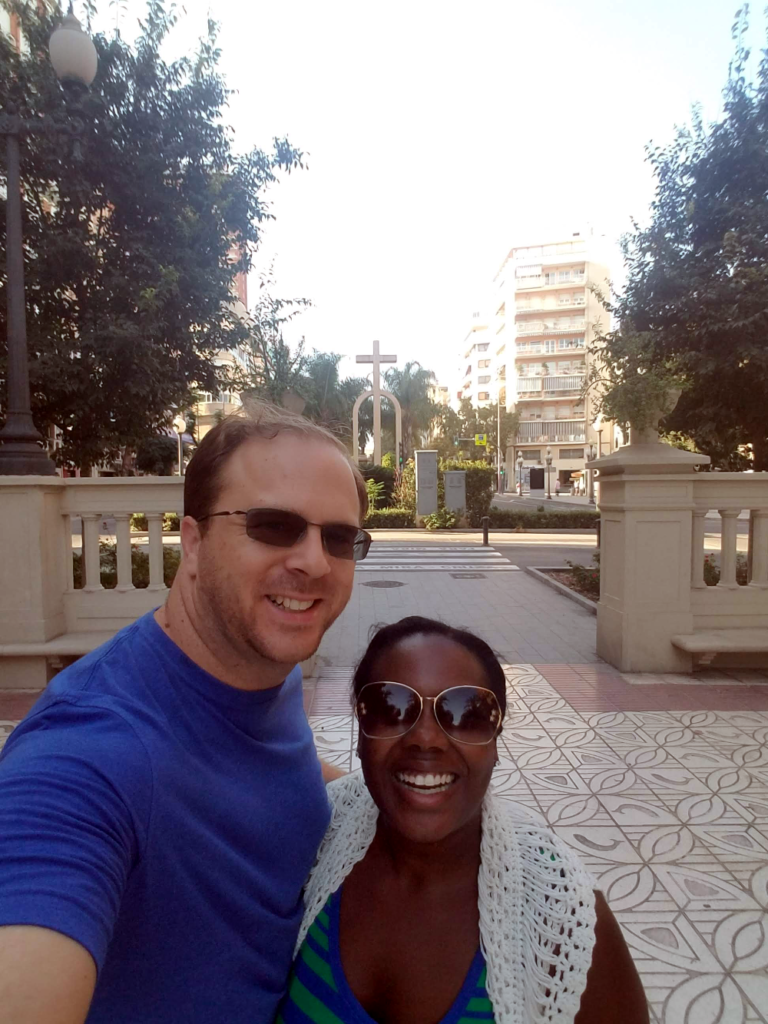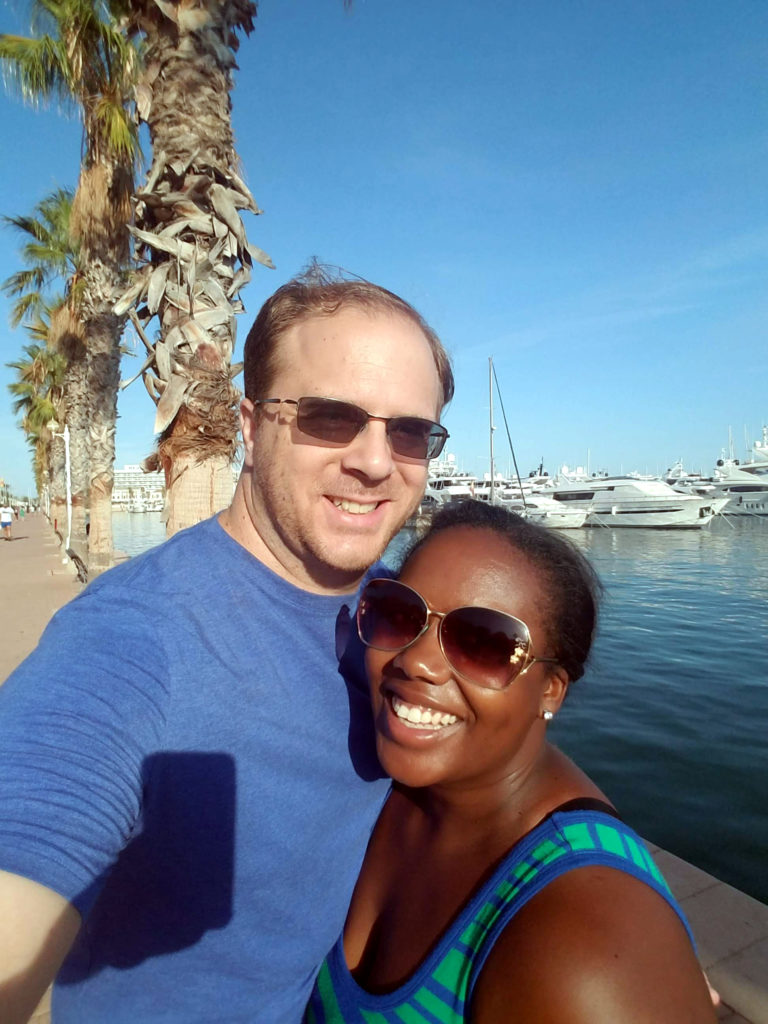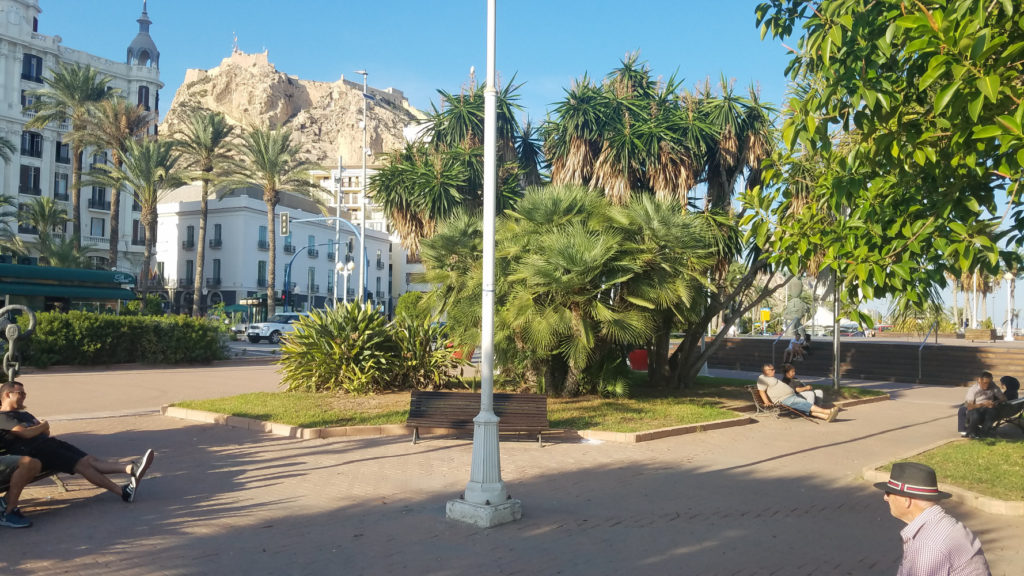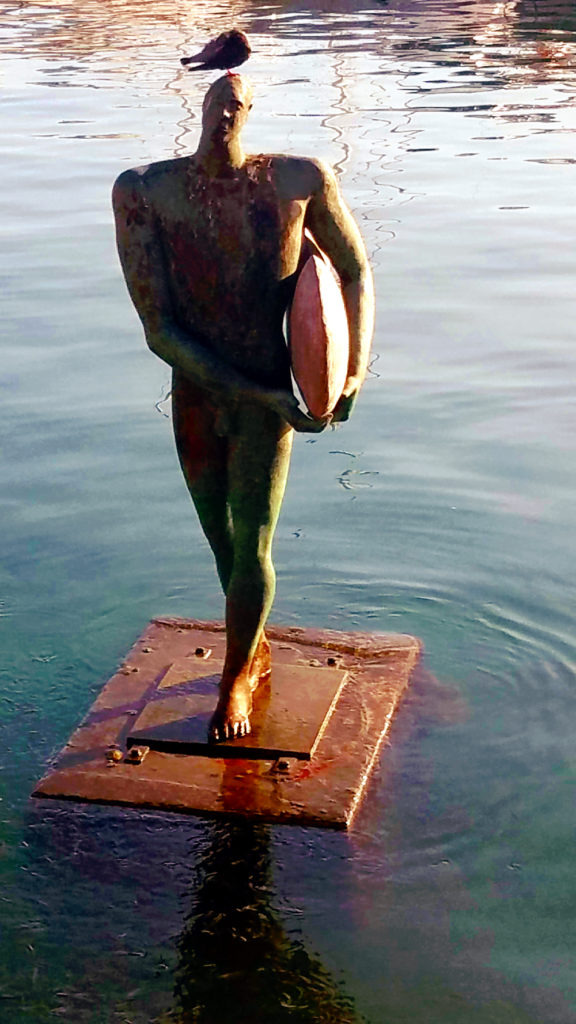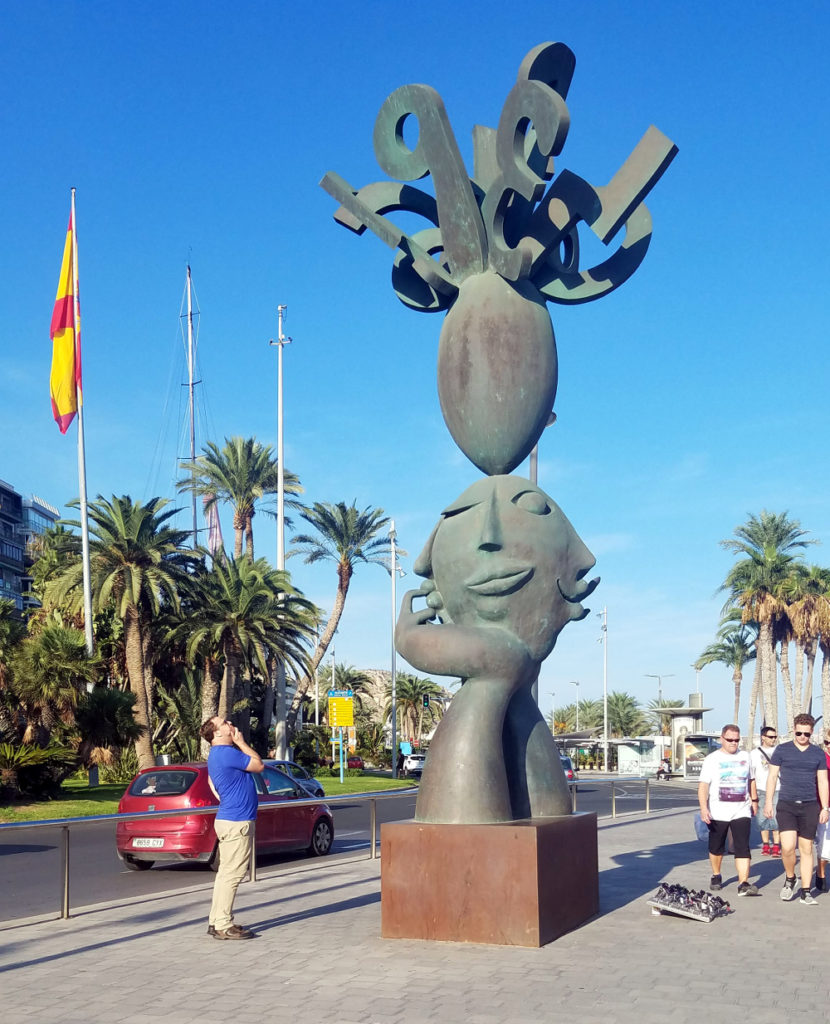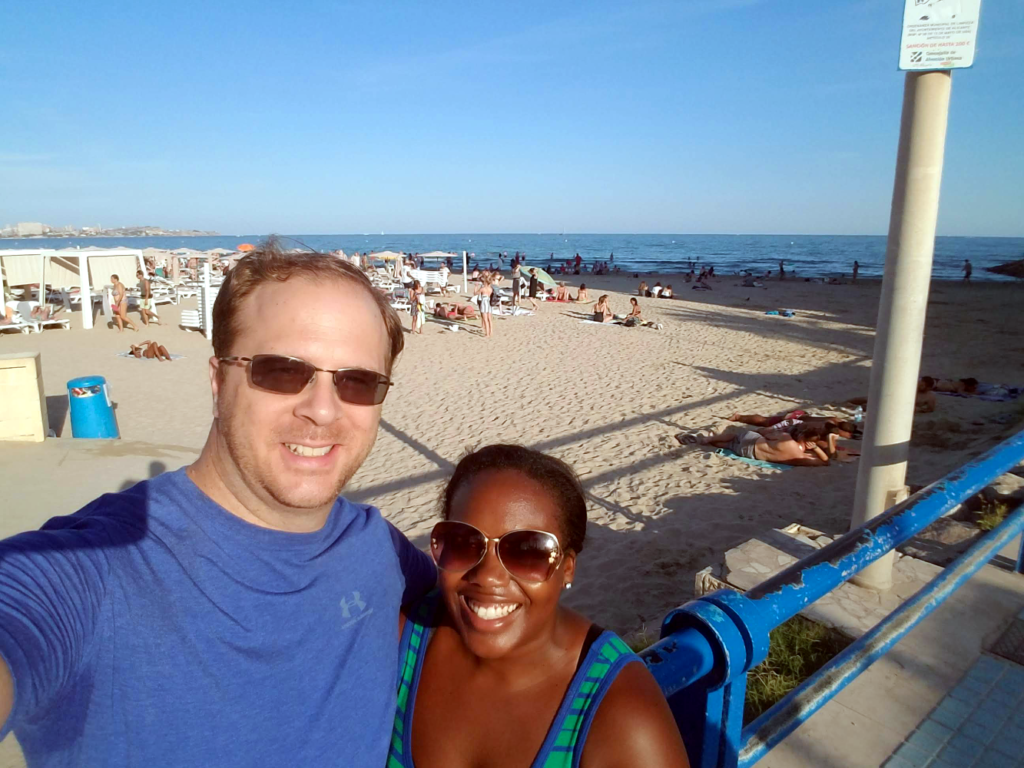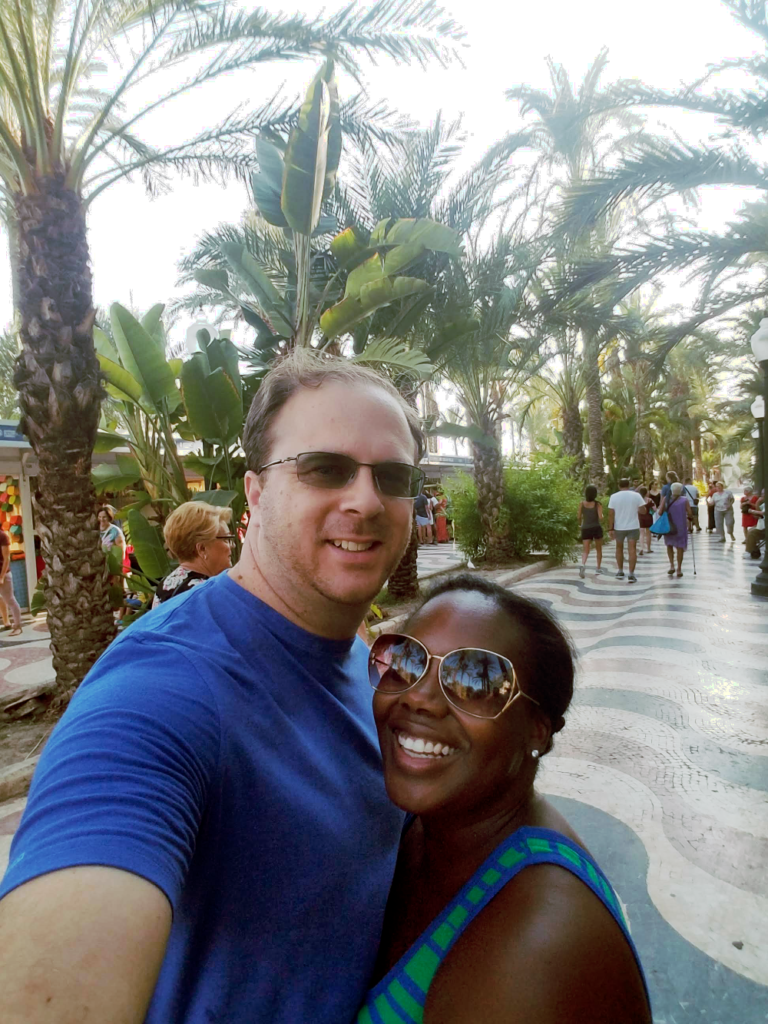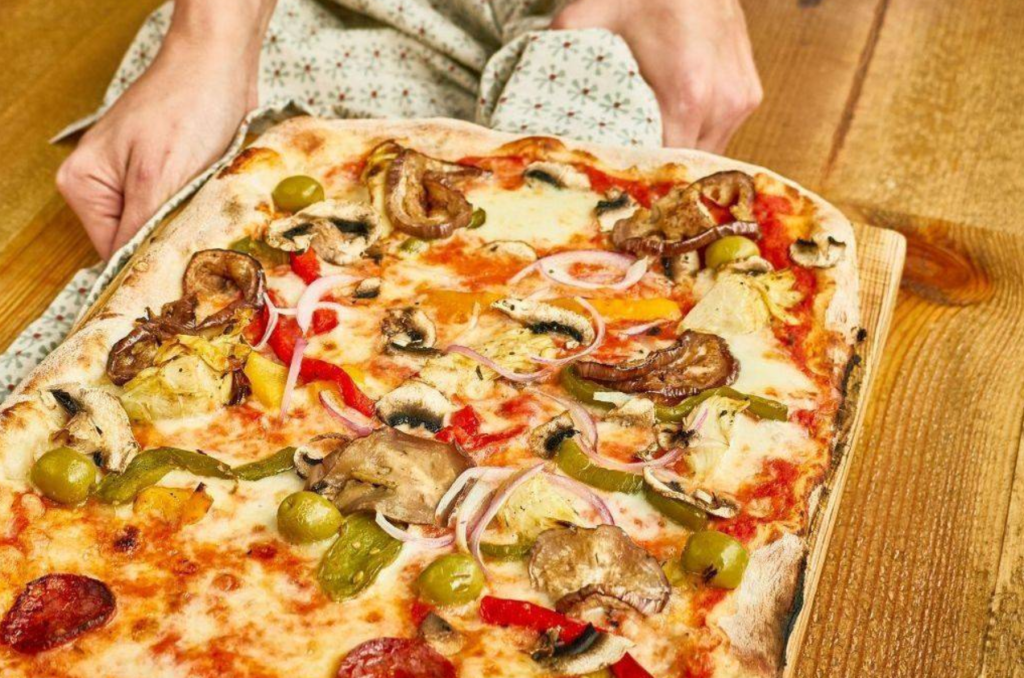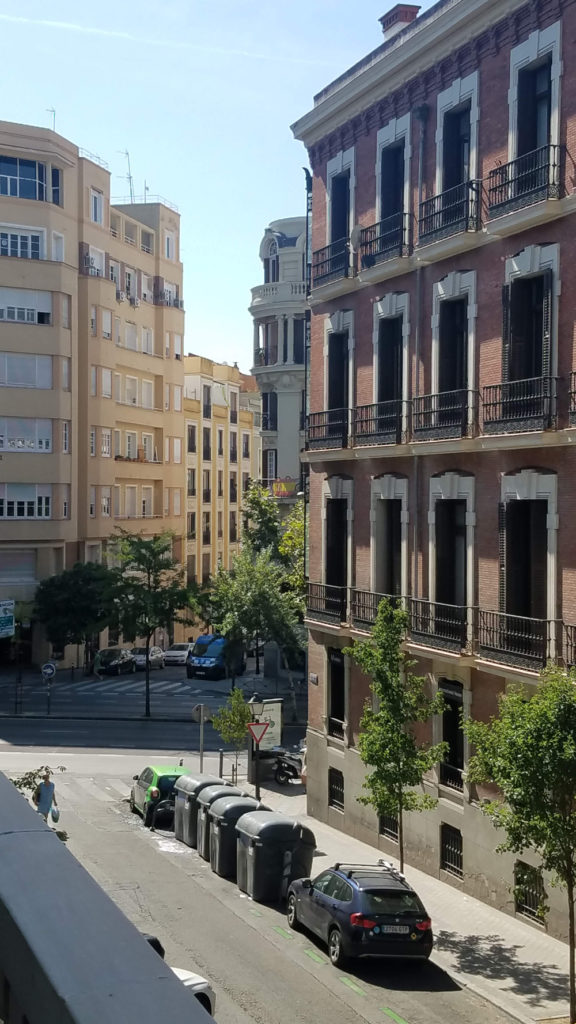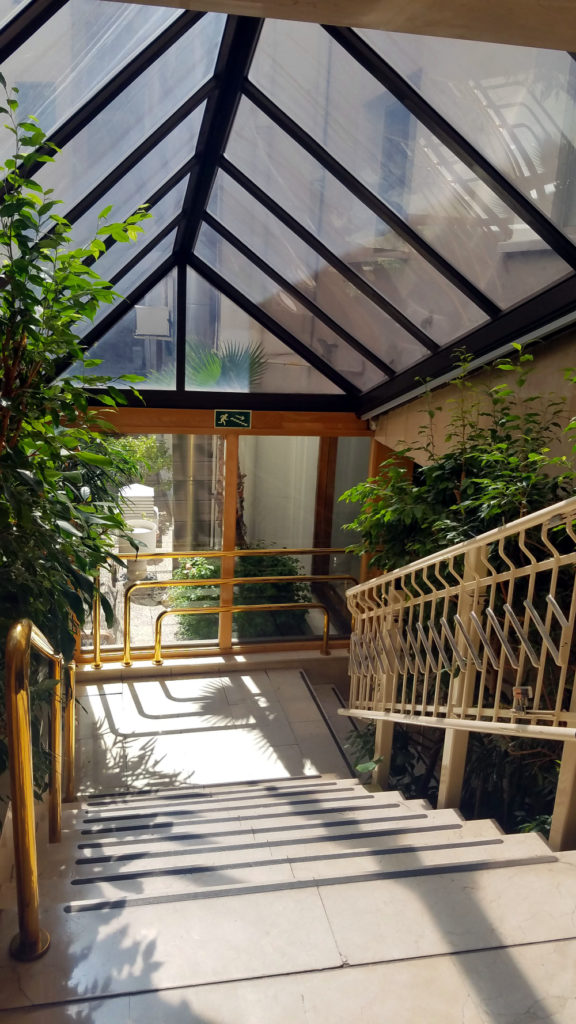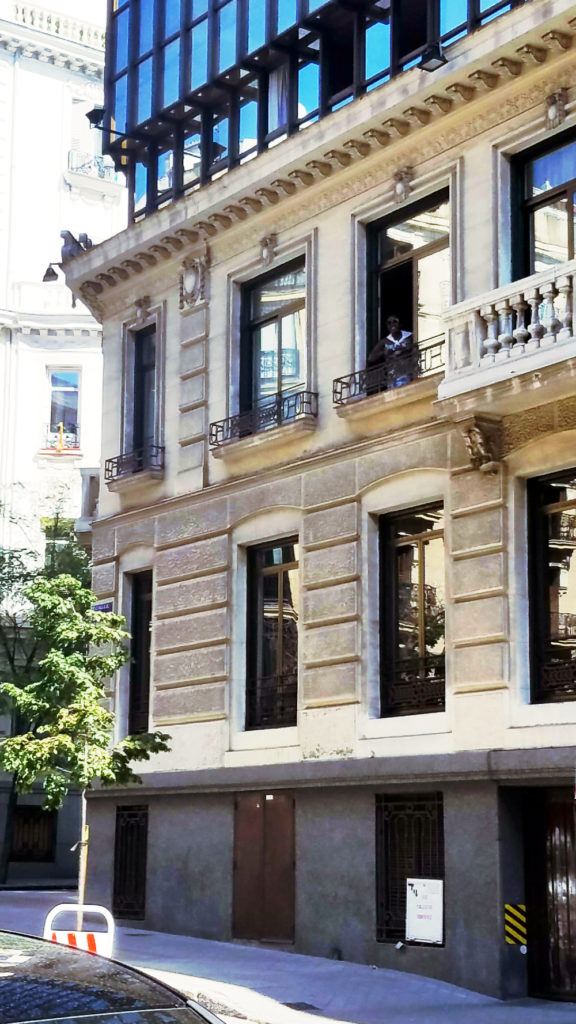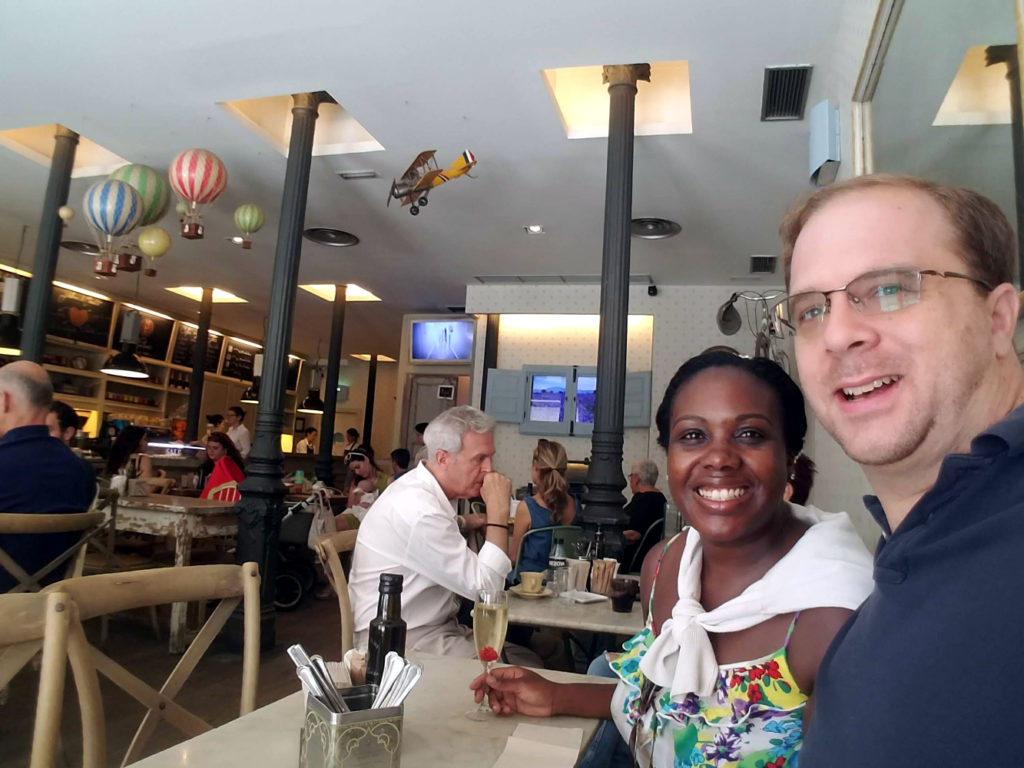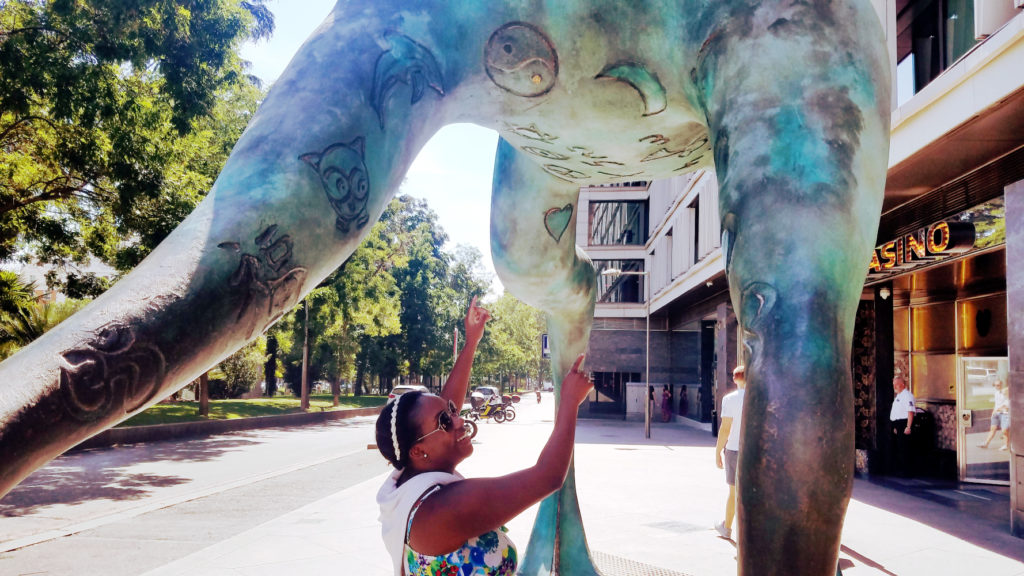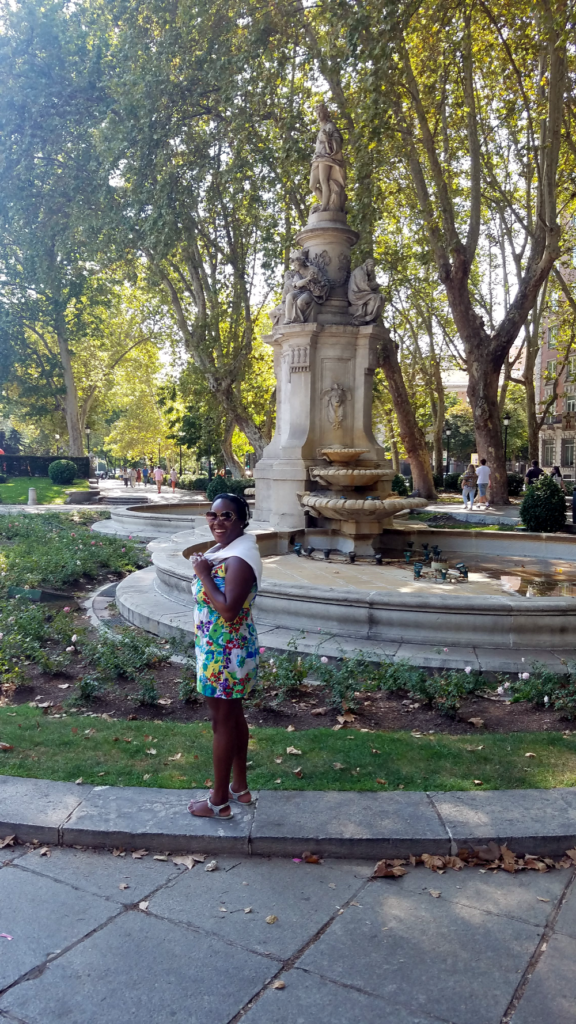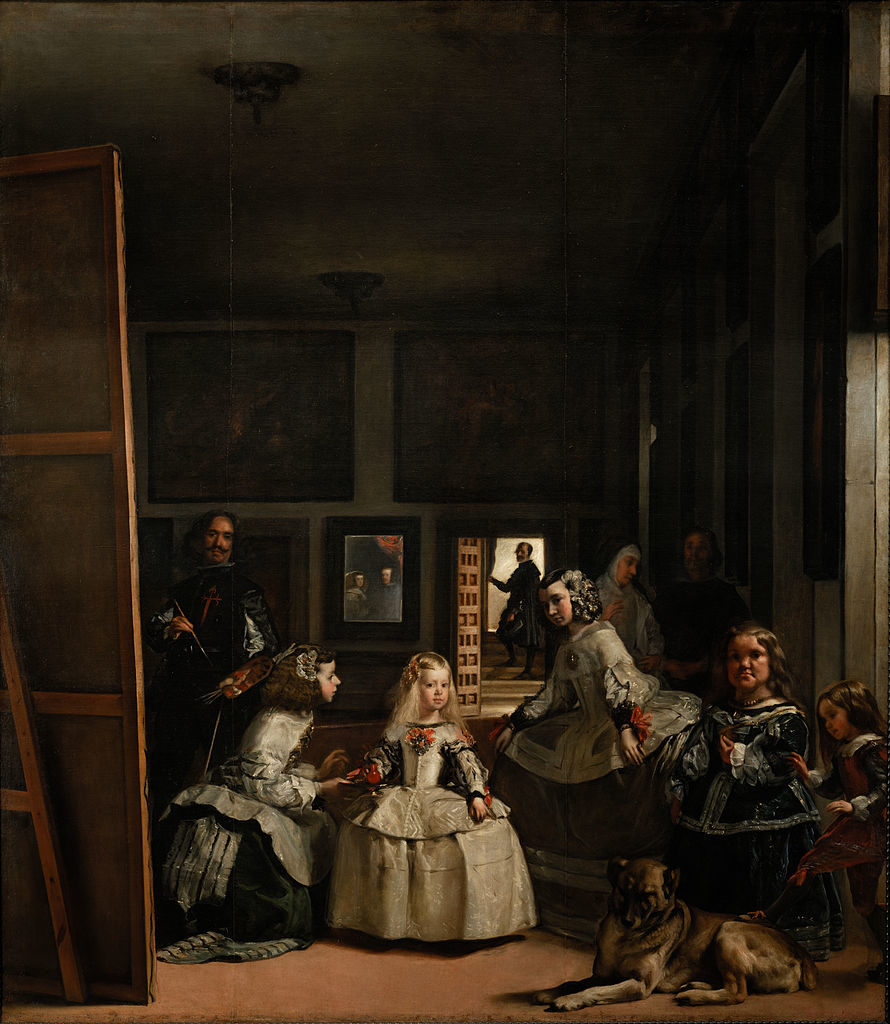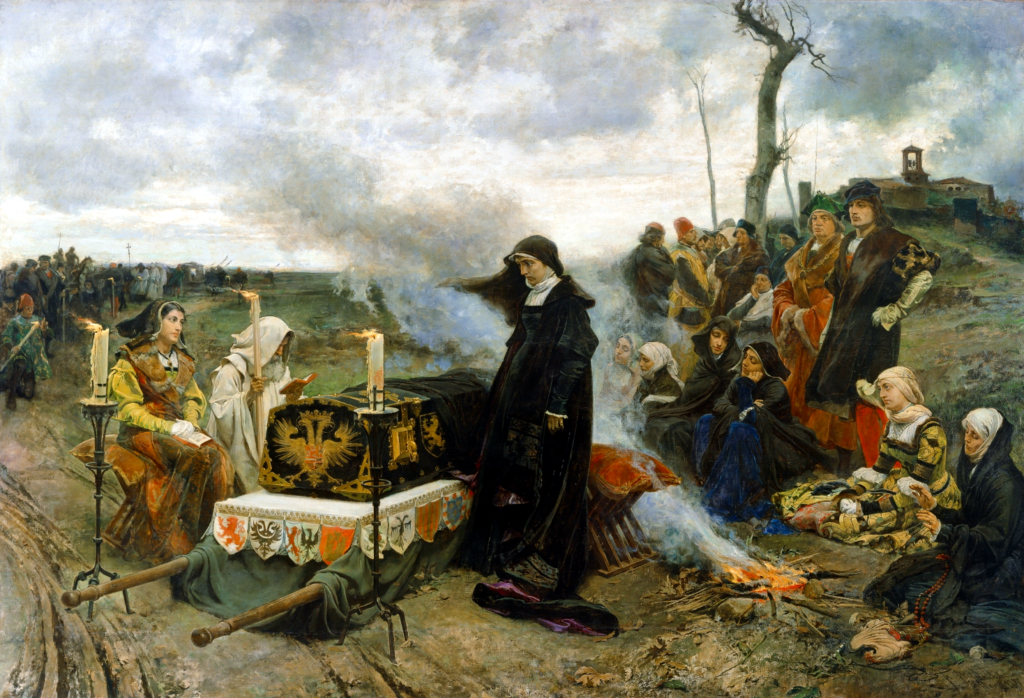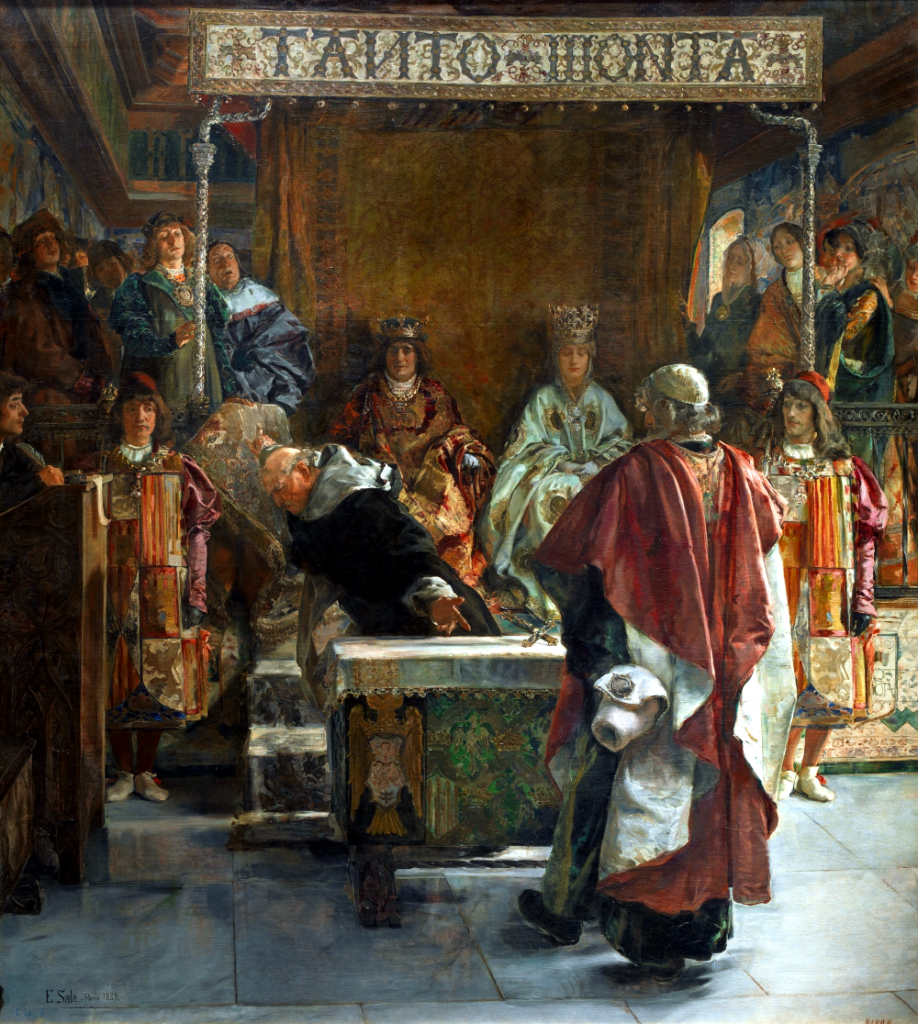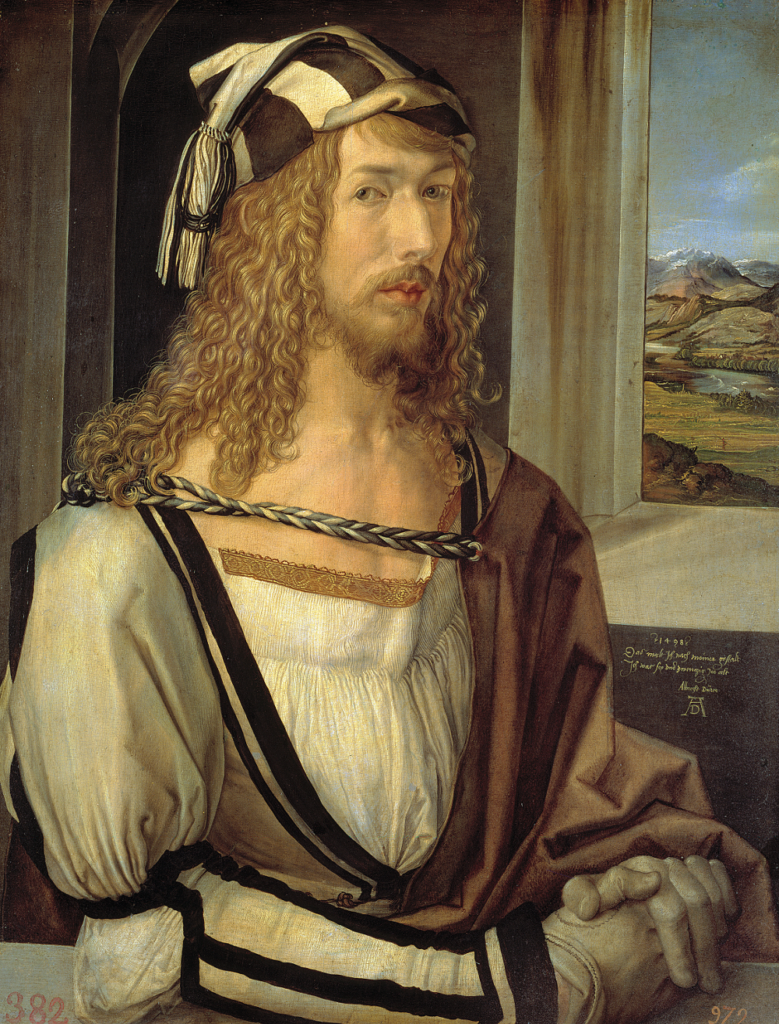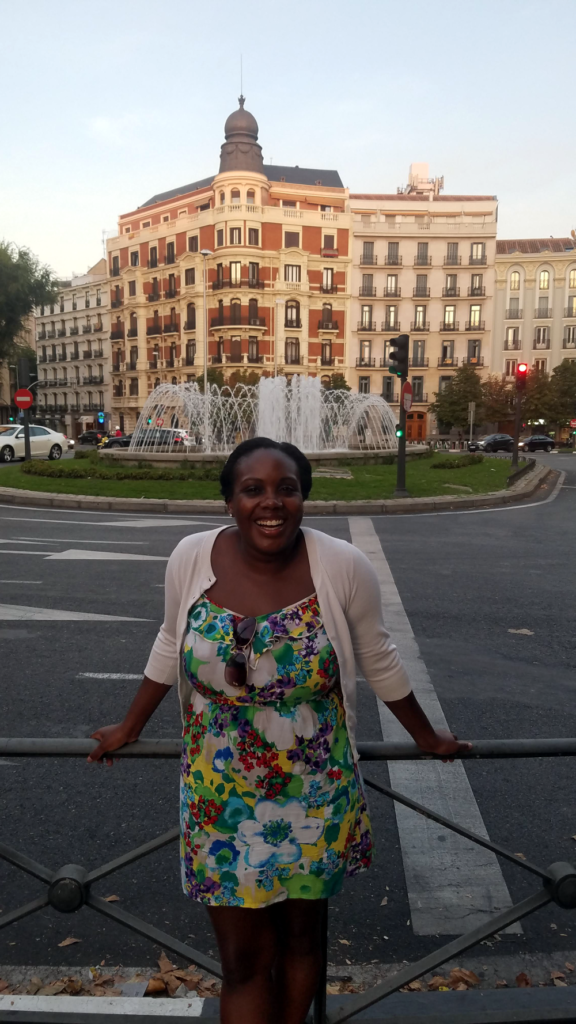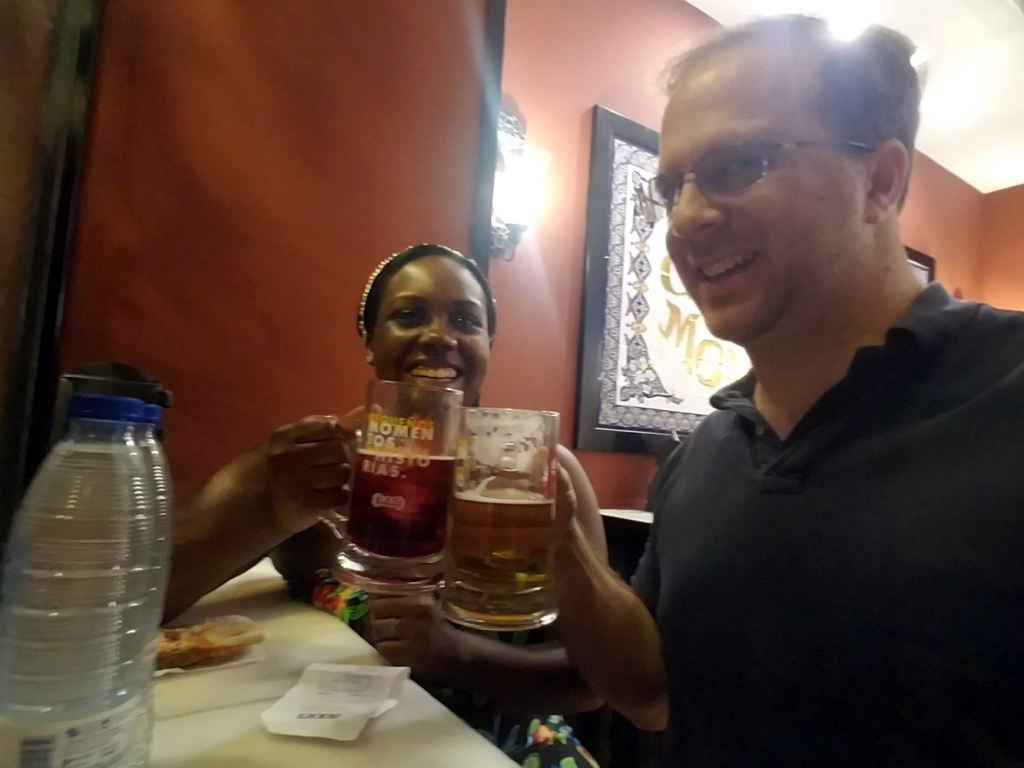We woke up to our last day in Spain, a little concerned about some local activities. You see, when we booked the trip I neglected to account for the one-year anniversary of 2017’s Catalan seperatist resolution that resulted in a crackdown of enforcement from Madrid and the flight of prominent local politicians. There were a multiple of demonstrations planned for the day, and we had no intention of getting caught up in any shenanigans (especially as English-speaking tourists, who tend to be targets whenever things get out of hand).
With that in mind, we were very focused on catching a cab to the train station and making it to the airport as soon as possible Fortunately, most demonstrations weren’t scheduled to start until after noon, but when I stepped out to grab some cash for a cab, I noticed a couple of things: 1) police were already shutting down and cordoning off the main street where our hotel was located; 2) all of the ATMs within walkable distance of our hotel were “out of service”; presumably, the authorities had emptied them of cash the previous night to make sure they wouldn’t be ripe targets. It was time to scram.
Unfortunately, it was taking me longer to find an ATM than it would have taken to simply walk to the nearby train station, and it was only getting later in morning. With that in mind, we simply checked out without grabbing breakfast and high-tailed it to Estacio de Franca with our bags. Once we deciphered the train schedule and made our transfer to the airport line, we could breath easier, but it wasn’t until we also made it past security and passport control that we were able to grab our first bite to eat that day. Airport food is still airport food, unfortunately, the world over (except, perhaps, in San Francisco).
Someone was happy to find some hot food, though, after our first few attempts struck out. We were *not* going to descend the point of ordering from Burger King, I tell you! Once we had sufficient calories, we sat back and enjoyed the view from the international terminal. After such a hectic morning, it felt nice to simply rest for a bit.
Our flight to Montreal was… not great. It seemed like Air Canada service just got worse and worse with each flight we took. This one involved a broken entertainment system, coffee spilled onto my lap by the stewardess, haughty service staff that slept half the flight.
When we got into Montreal, we simply ordered food from a nearby Italian restaurant and slept to catch the next morning’s early flight. Montreal is one of my personal favorite cities, so we’ll schedule a future trip with a dedicated visit in mind.
And that was it! We landed at LAX mid-morning the next day, took the shuttle home, and picked up the kids from school. It was a fantastic trip, and we’re still coming to terms with all we did (this writeup helps).
This seems like as good a place as any to share some notes about traveling to Spain. We had a great trip, but there are some things I’d adjust about our schedule, and if you plan on traveling to the Iberian, keep these in mind:
- Madrid is a city with lots of interesting things to see (museums, the palace), but the people aren’t as friendly, outgoing, or hospitable as you’ll find elsewhere. We spent two full days in Madrid, and were able to cover quite a bit. While there’s other museums I’d like to see there, I’m not sure I’d schedule much more time.
- Denia and Barcelona were the two stops that I’d highly recommend to fellow readers. Barcelona is worth its reputation and then some. Denia, on the other hand, doesn’t have a huge reputation but really should. I never would have heard of it if we didn’t have to take the ferry to get to Ibiza. It’s such a great blend of casual culture and relaxing coastal town; it’s easily on my list of top Europe destinations.
- Spain is not all “spanish”. Basque and Catalan regions are highly unique and very proud of their independence, which extends to different languages and cuisines. They’re both worth checking out.
- One of my favorite parts of our trip was how much we were able to mix up travel modes (plane, train, boat). It’s fun to see more of the countryside when you take slower trains, too. And if you’re on the Mediterranean, traveling between islands, but not taking the boat, what are you really doing?
- I did end up feeling a little rushed. We scheduled three nights in Madrid, and three nights in Barcelona. We had two nights in Denia and Ibiza, and only one night in Alicante. If I had to do it over again, I’d pay a little extra for flights with shorter layovers (as much as I love you, Canada) and spend the extra day or two in Denia and Barcelona.
- Ibiza is actually a really neat island even if you aren’t hopping from nightclub and nightclub. Boats and beaches a-plenty!
